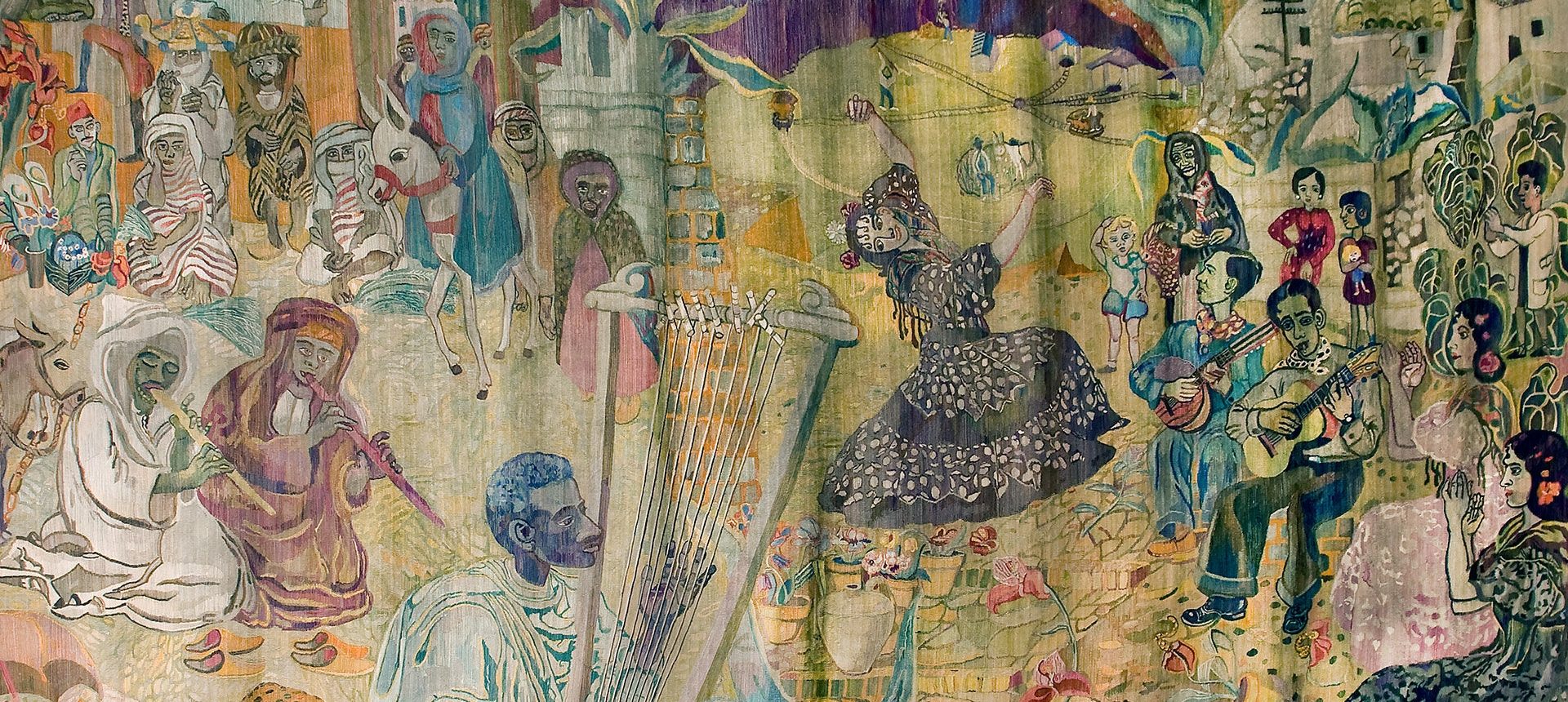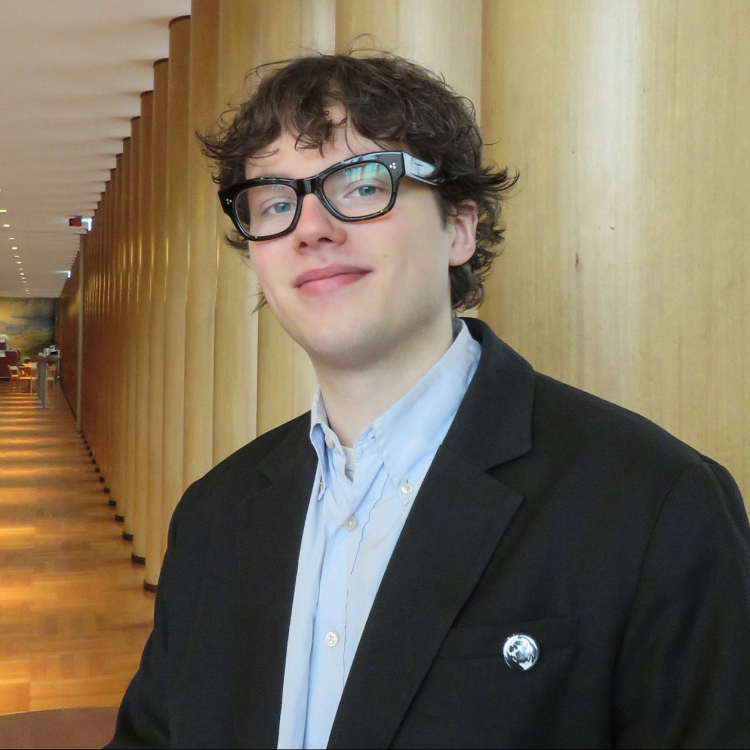Inside the walls of the building there are many artistic treasures on which to gaze. The furniture in the foyer was specially designed by the Swedish interior and furniture designer Axel Larsson in collaboration with the building’s architect Nils Einar Eriksson. The carpets and upholstery fabrics were created by Inga Wedel, and the magnificent drinking fountain has been newly produced by Orrefors based on original drawings by Simon Gates.
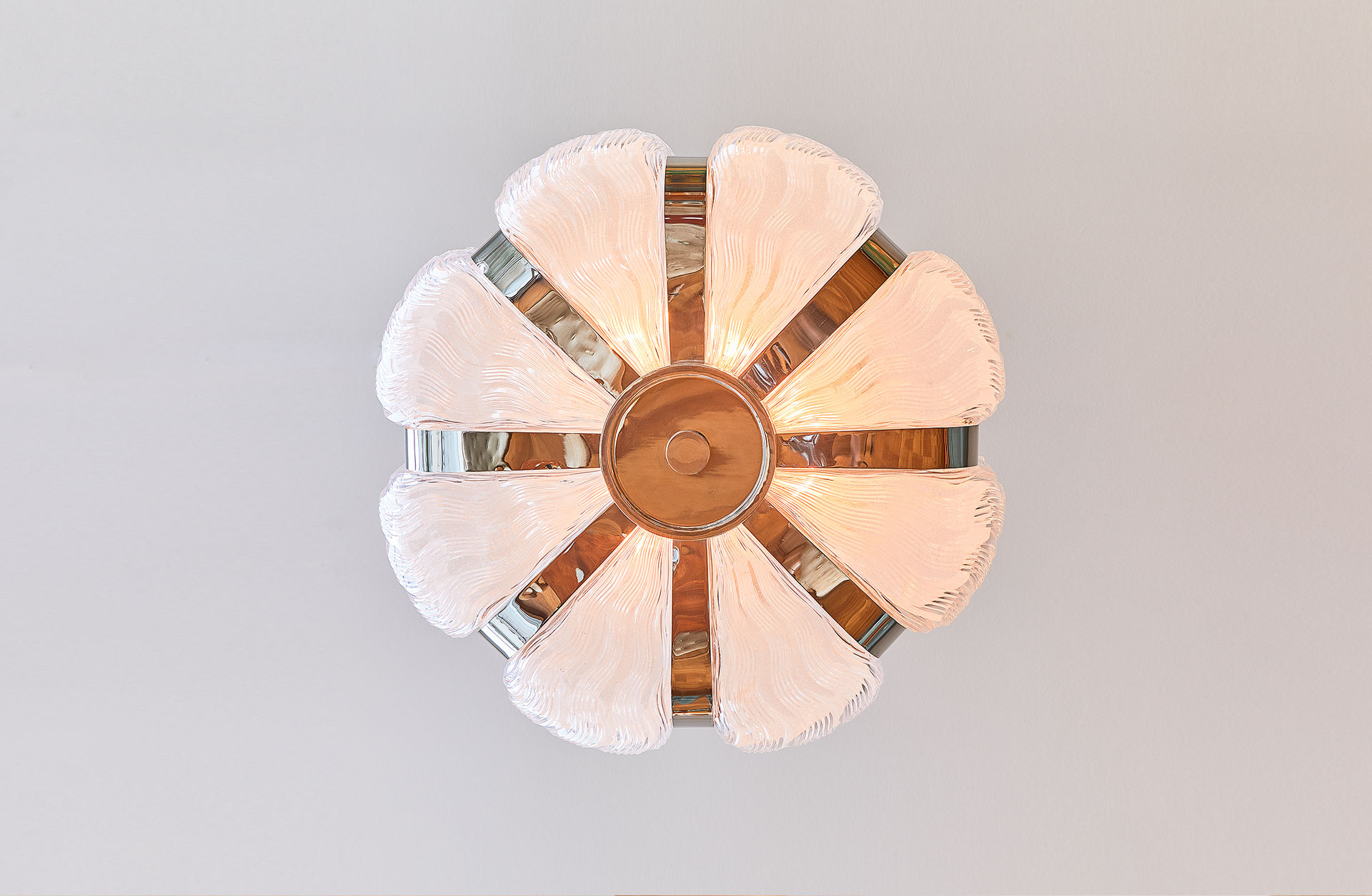
The art glass
Simon Gate (1883-1945) from Orrefors has designed the Concert Hall’s sconces, lampshades and chandeliers. Look at the light and you will understand the scope of the work! Engraved glas and The drinking fountain is also designed by him.
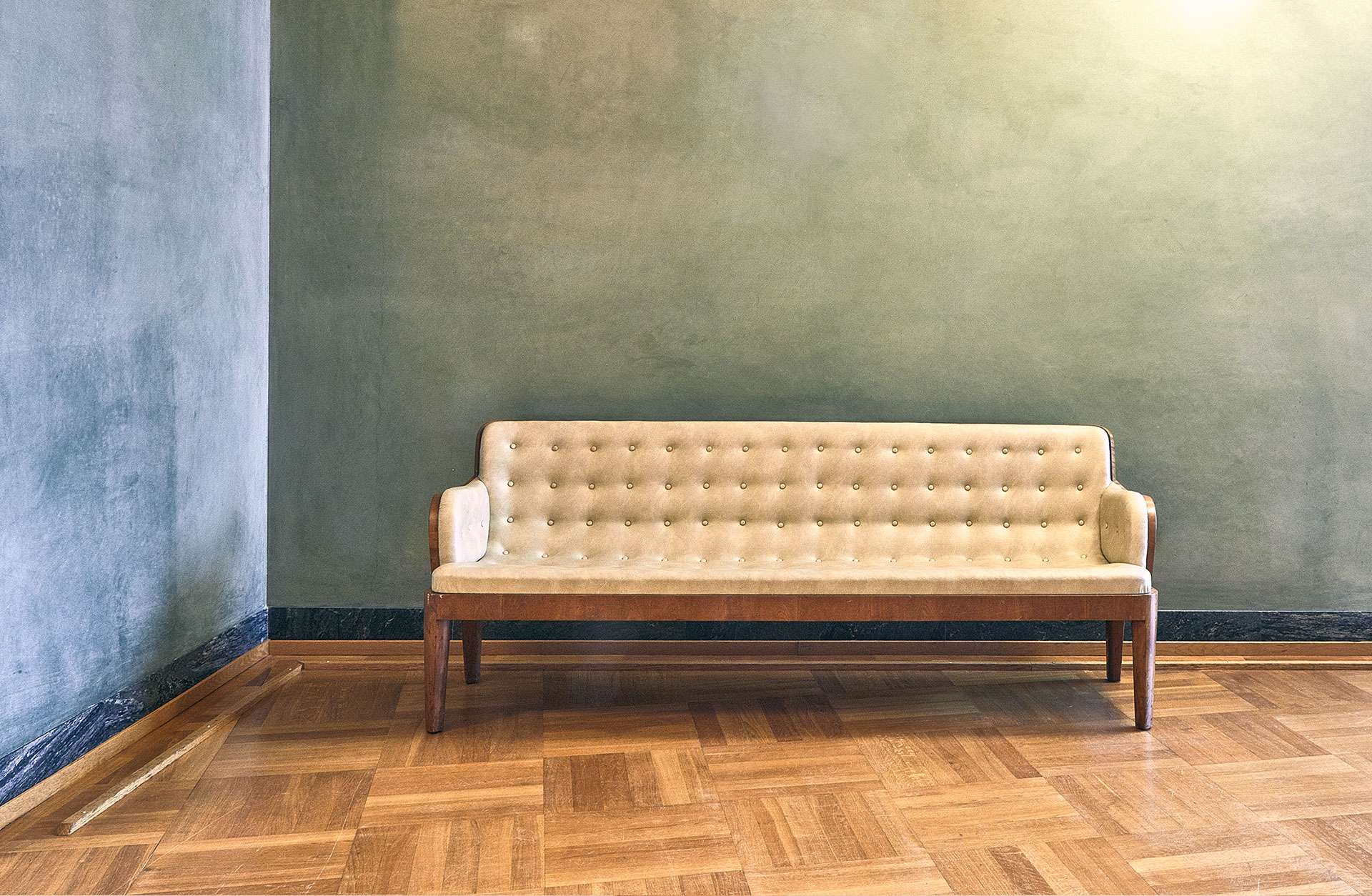
Furniture design
Most of the furniture in the Gothenburg Concert Hall is designed by Axel Larsson (1898-1975). Armchairs, chairs, couches and tables. Stylish and timeless furniture that has lasted since they were created in 1935.
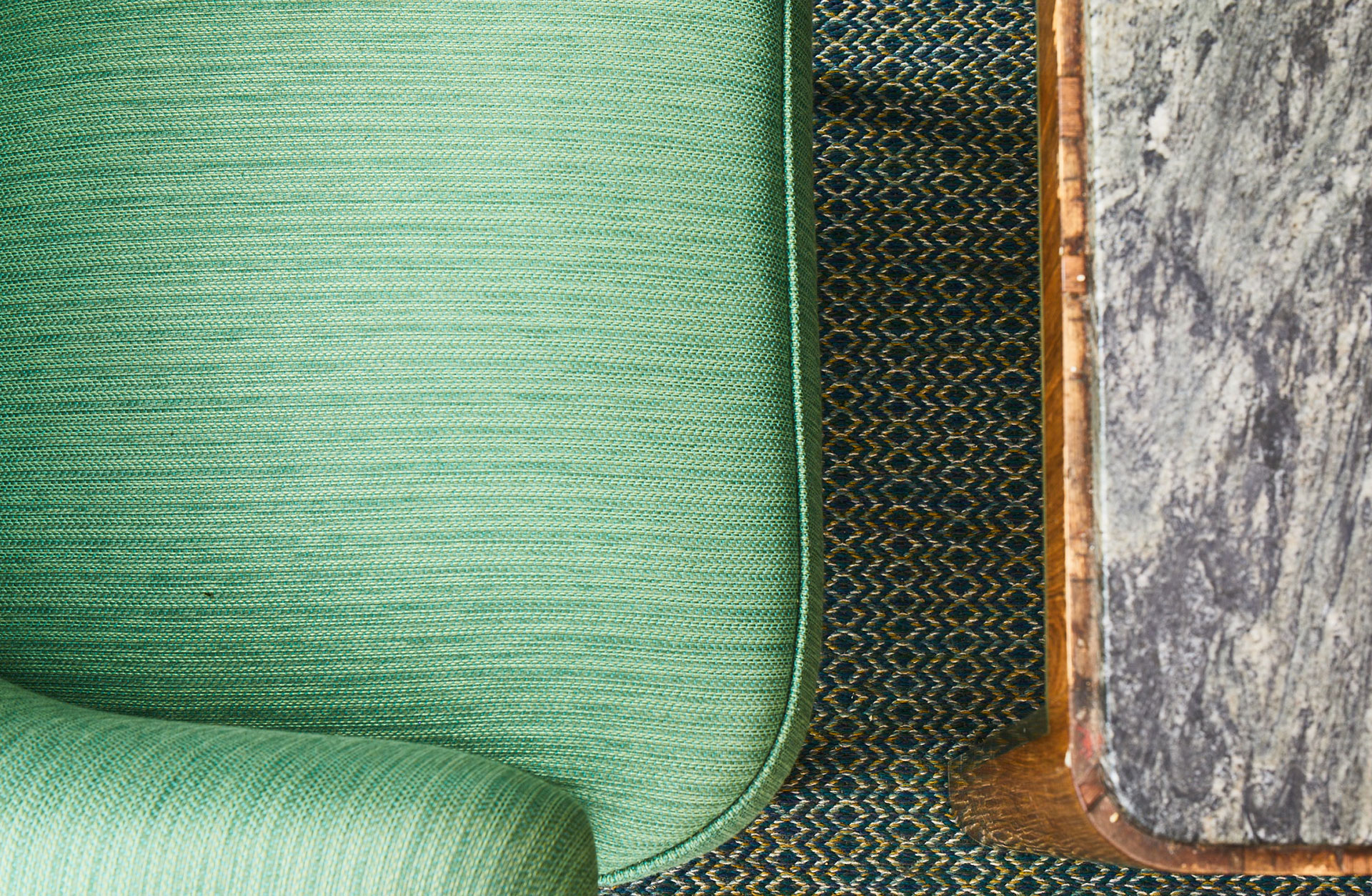
Carpets & fabrics
Carpets and furniture fabrics in the Concert Hall’s public spaces have been composed by Inga Wedel (1901-1996), a very skilled textile artist who, among other things, was the artistic director of Bohusslöjd 1937-1942.
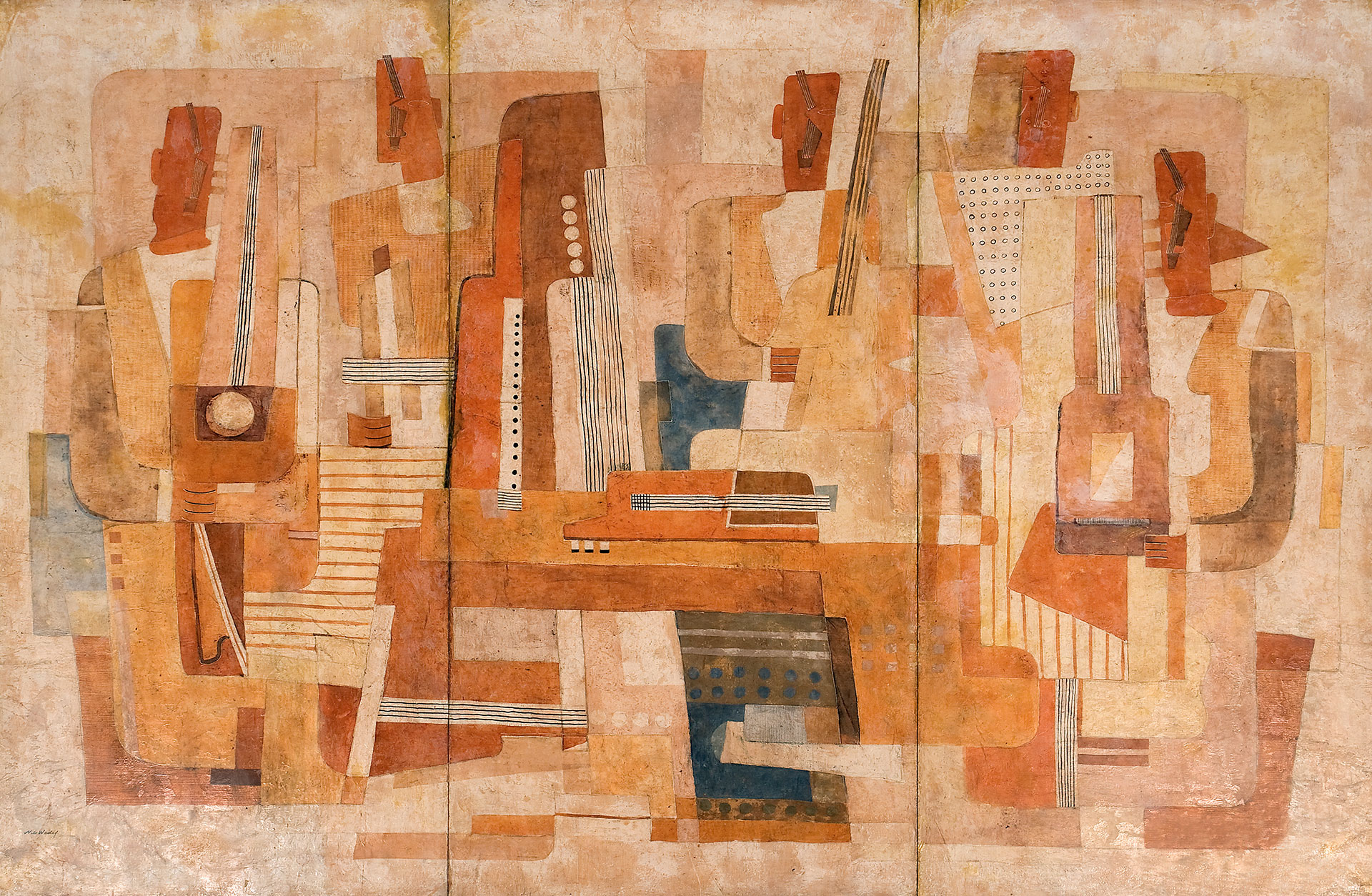
Musikanter (Musicians)
A Cubist-inspired oil painting with a number of musicians and their instruments, painted in 1938 by Nils Wedel (1897-1967). Located in the entrance to the Concert Hall, outside the entrance to the foyer of Stenhammarsalen.
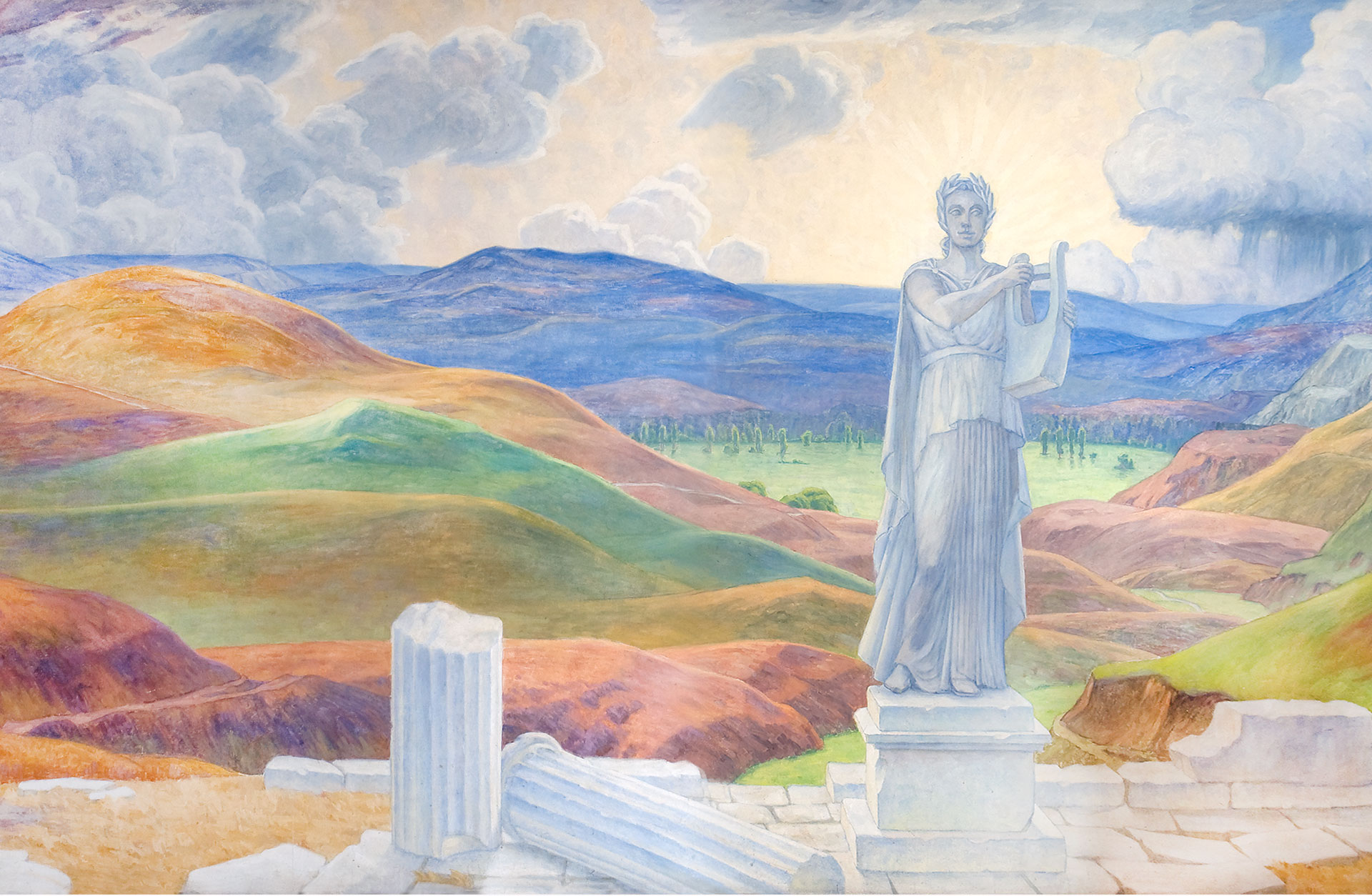
Minnenas land (The land of memories)
Fresco by Prince Eugene (1865-1947) in the foyer outside the Great Hall – a fantasy landscape inspired by Österlen and Southern Europe. The painting technique has been used since the late Middle Ages.
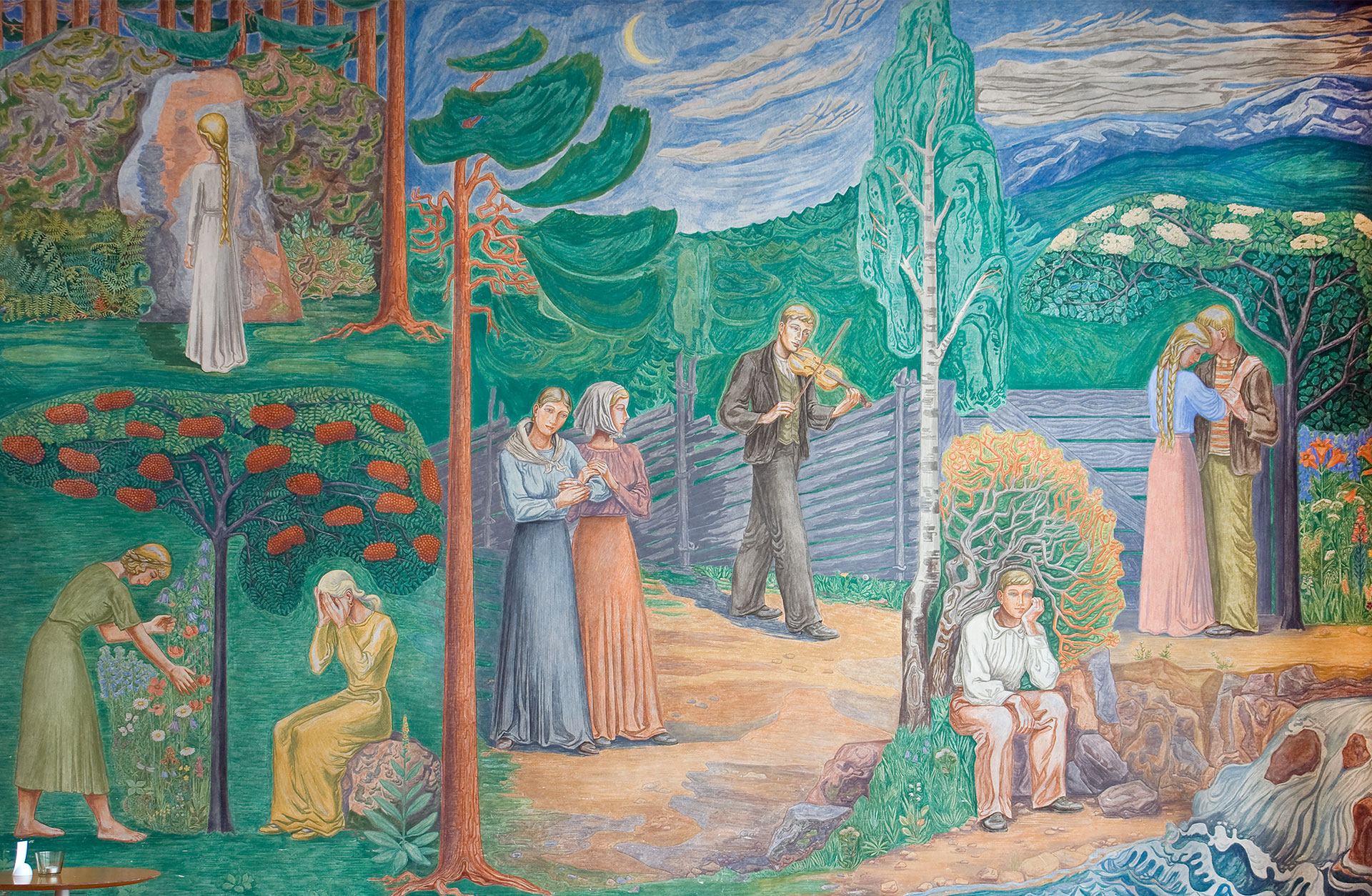
Folkvisan (The Folk Song)
A fresco painiting from 1937 by Otte Sköld (1894-1958), in the Götaplats foyer. The picture describes in some scenes the Nordic landscape and its people.
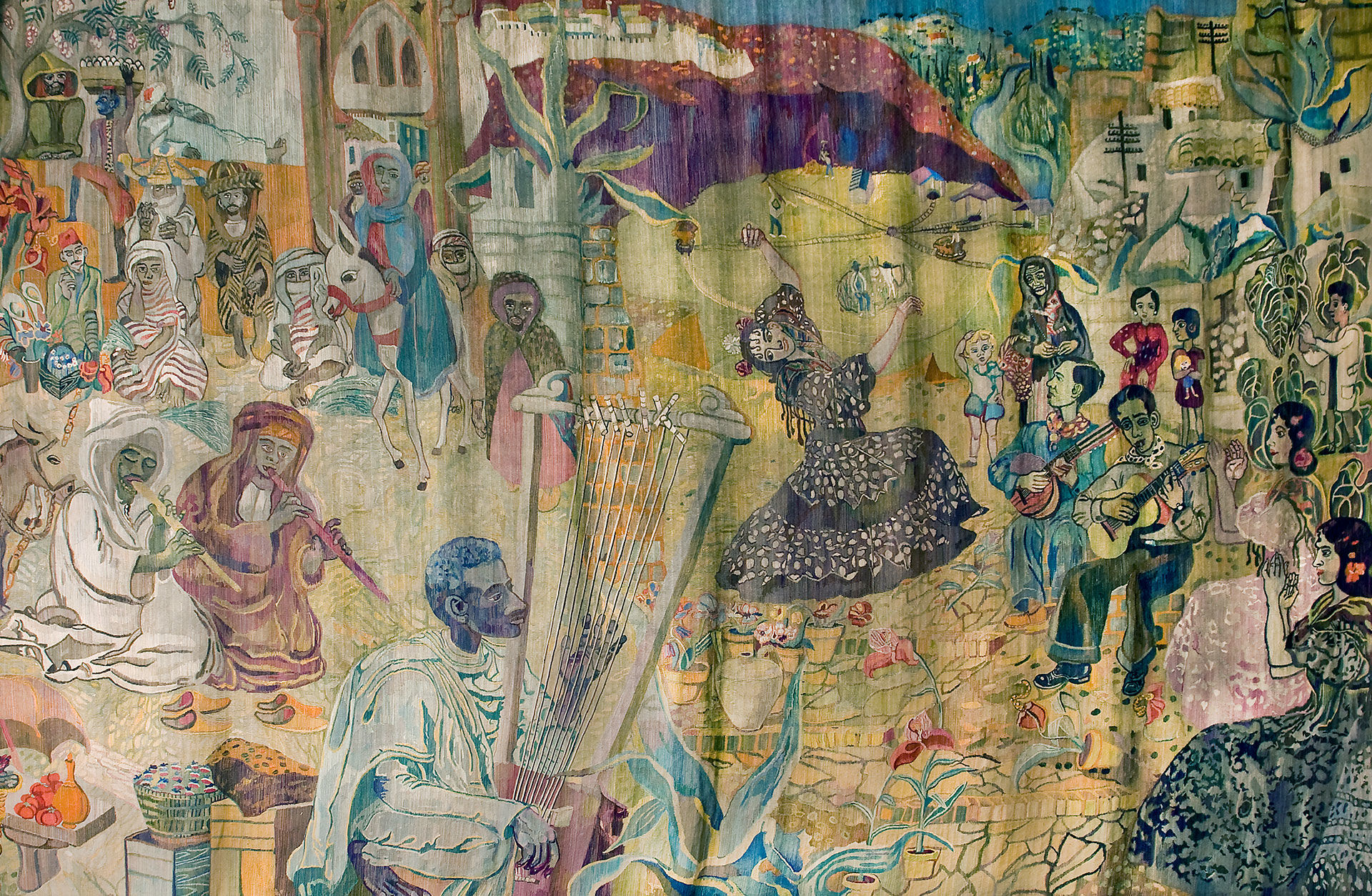
Melodier vid torget (Melodies at the square)
In the Götaplats foyer hangs Sweden’s largest tapestry from 1936 with a design by Sven X:et Erixson (1899-1970), woven by Barbro Nilsson (1899-1983) and six weavers.
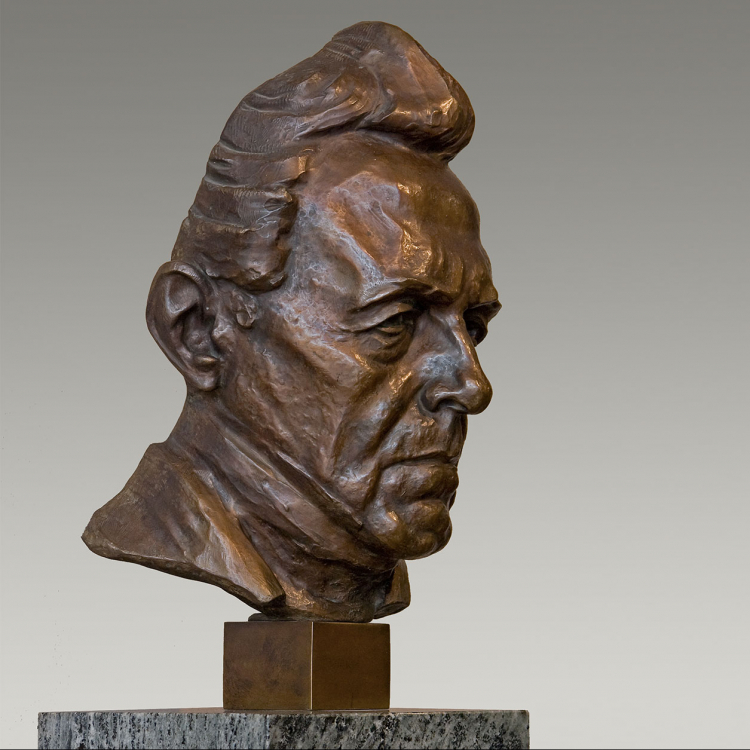
Franz Berwald
A bronze bust by the sculptor Carl Eldh (1873-1954) depicting the Swedish composer Franz Berwald (1796-1868), placed in the Götaplatsen foyer.
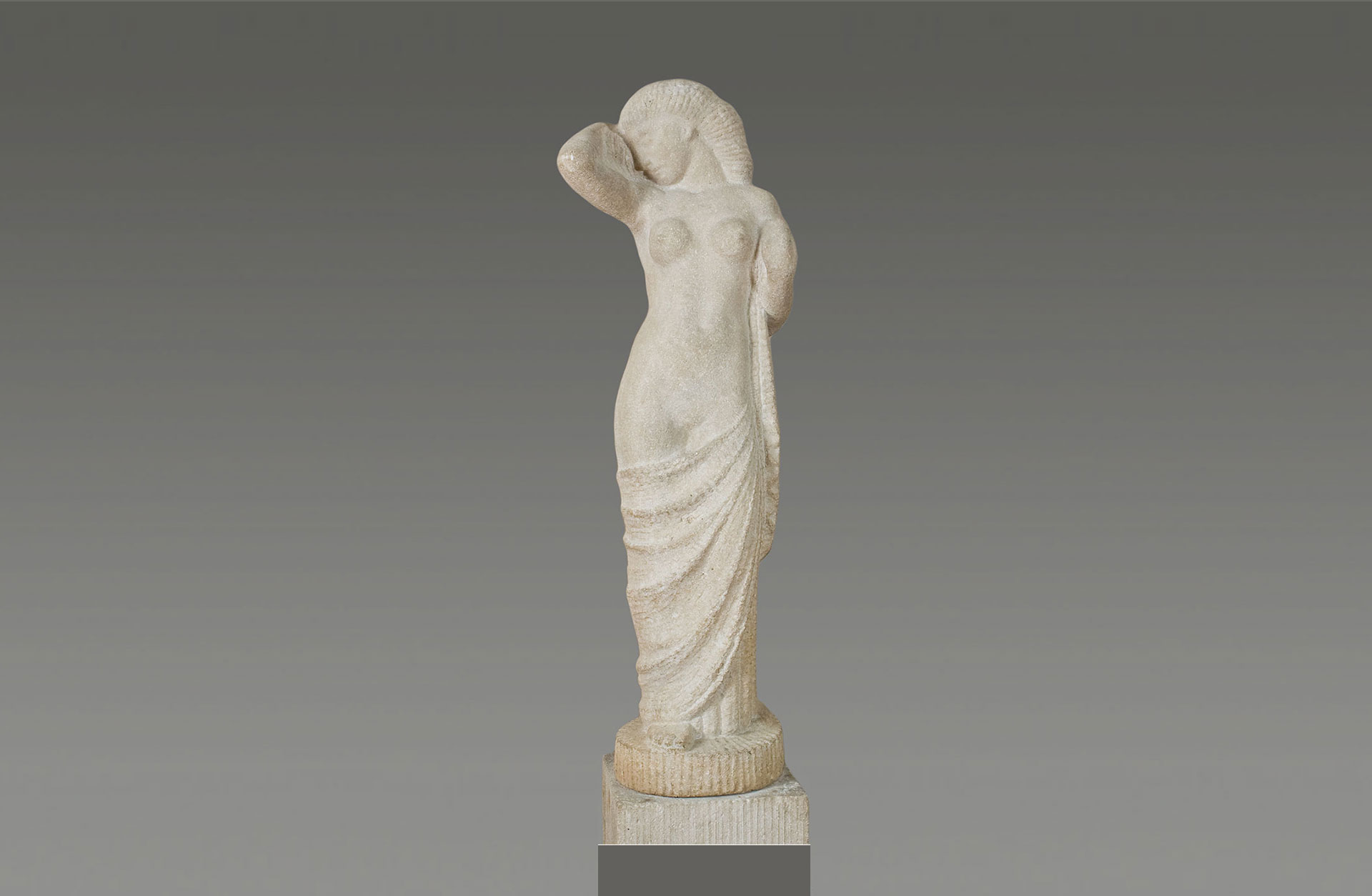
Nocturne
The sculpture was saved from the flames when the old concert hall at Heden burned down in 1928. Fritz Bange (1885-1959) is the artist behind the work, which can be found in the Götaplats foyer next to the large windows.
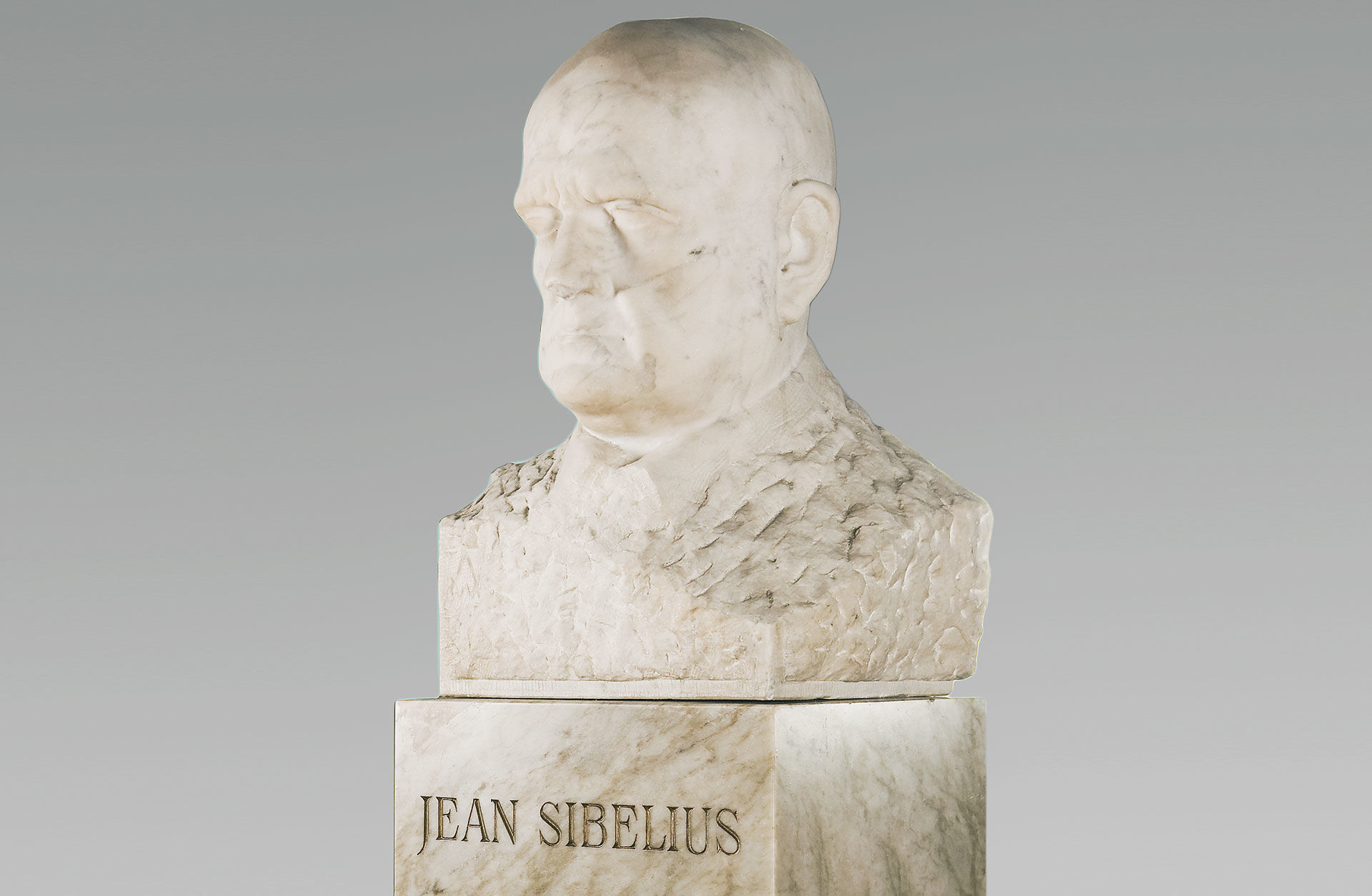
Jean Sibelius
Portrait of the Finnish composer Jean Sibelius (1865-1957) in white marble, from 1939. The bust stands by the windows in the Götaplats foyer.
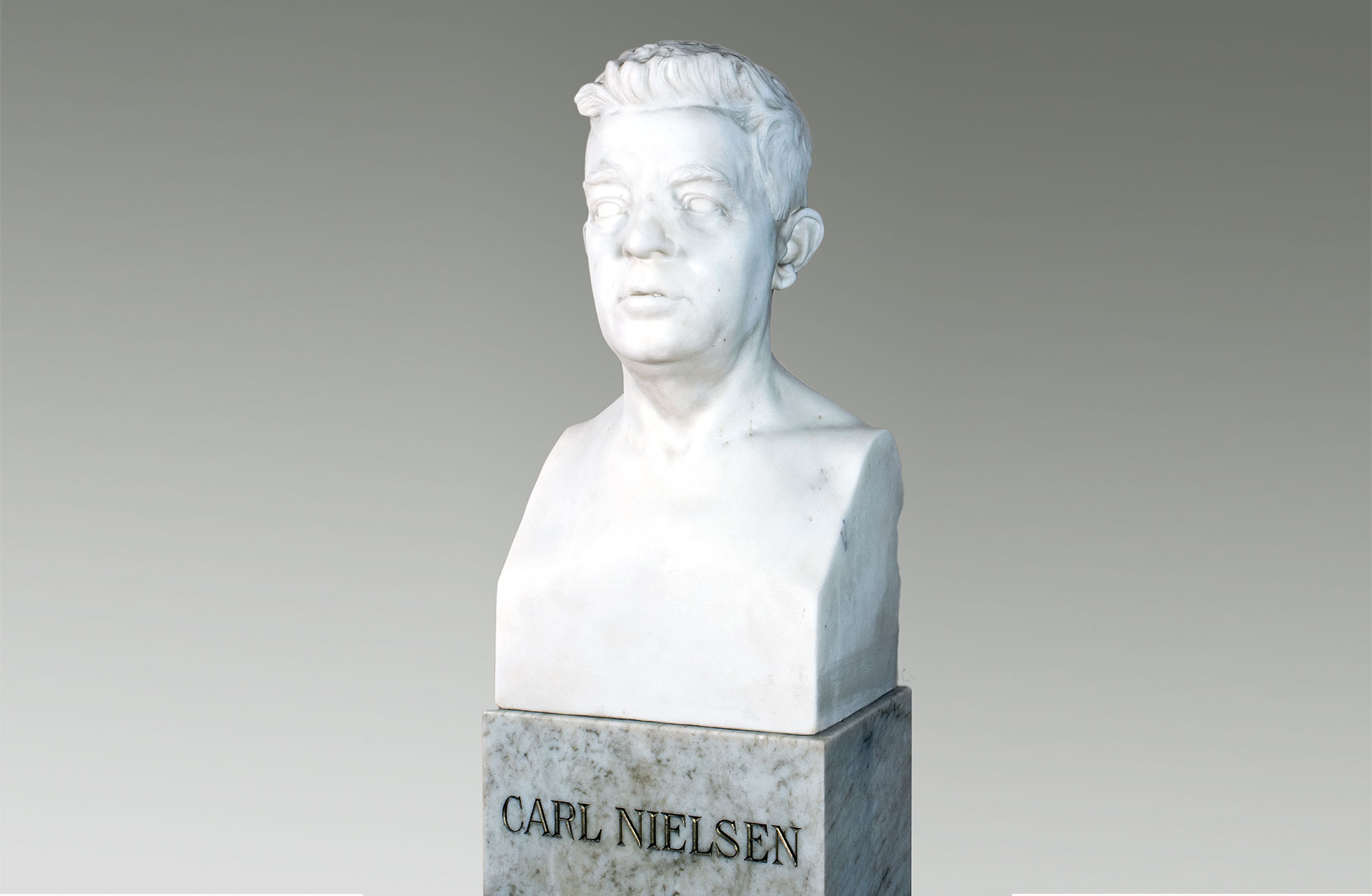
Carl Nielsen
Here, Anne Marie Carl-Nielsen (1863-1945) has portrayed her husband in white marble – the Danish composer Carl Nielsen (1865-1931). The sculpture is in the Götaplats foyer.
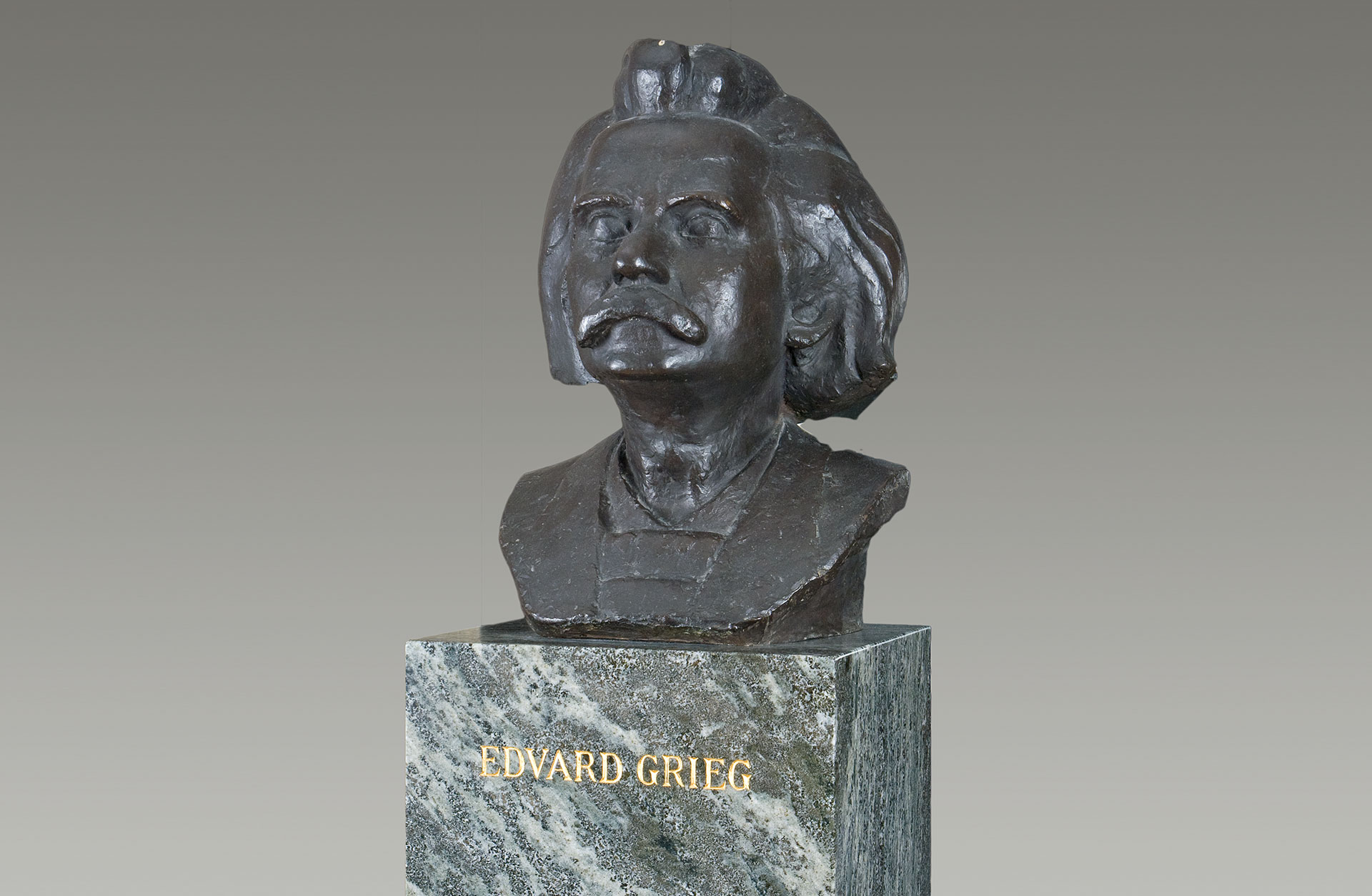
Edvard Grieg
Bronze bust from 1950 depicting the Norwegian composer Edvard Grieg (1843-1907), by Arnold Haukeland (1920-1983). Stands in the Götaplats foyer.
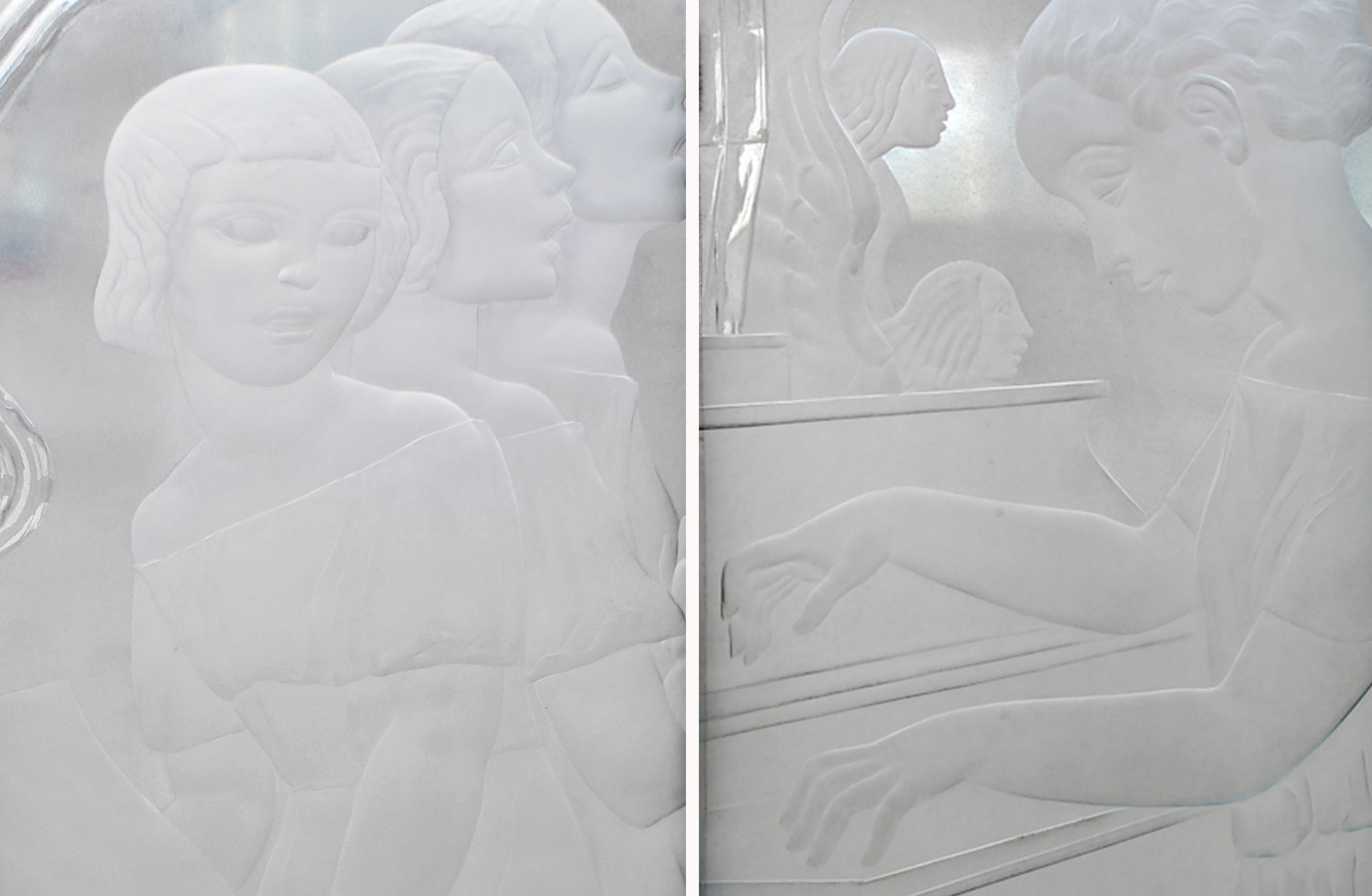
Musikanter (Musicians)
Singing, playing people create such beautiful tones from their throats and with their instruments that the angels listen in their heaven. The glass reliefs were created at Orrefors glassworks by Simon Gate (1883-1945).
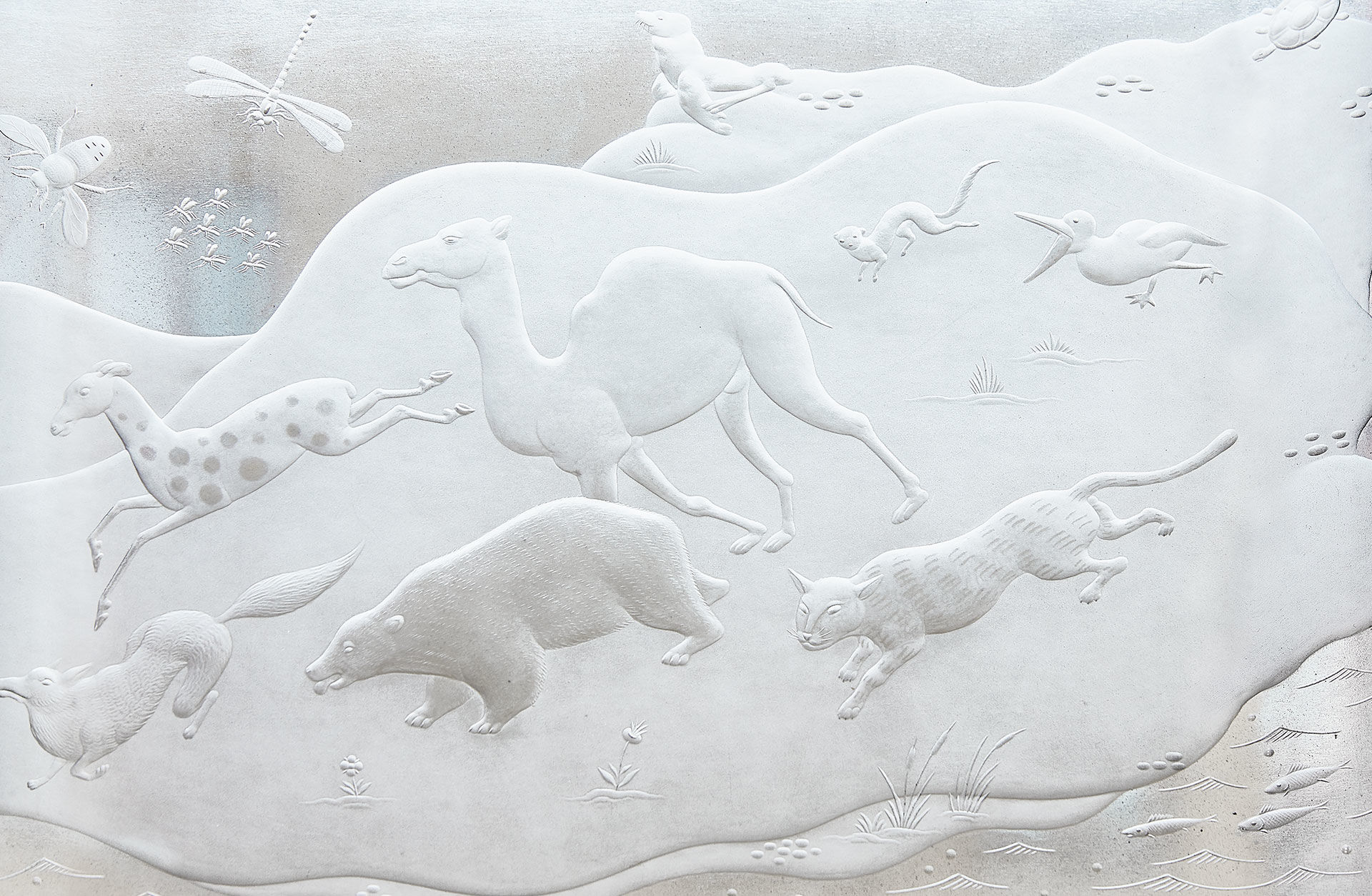
Djur (Animals)
Three glass reliefs from 1935 created by Edward Hald (1883-1980) from Orrefors glassworks. A very well-crafted and imaginative engraving in the long narrow windows in the Great Hall’s foyer.
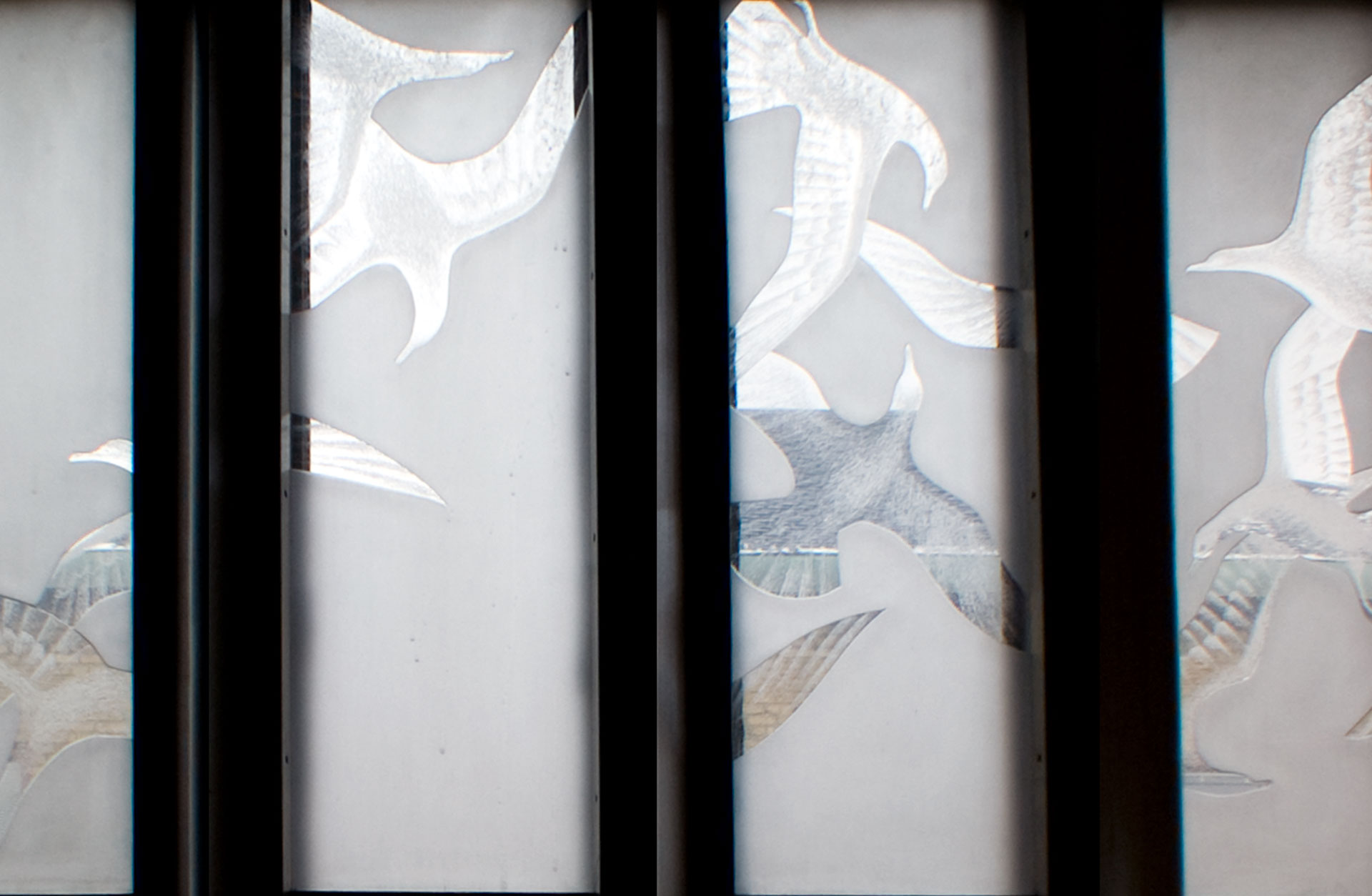
Fåglar (Birds)
Glass relief from 1935 with flying birds as a motif. We do not know who the artist is for this part of the glass engravings that adorn the narrow windows in the foyer outside the Great Hall.
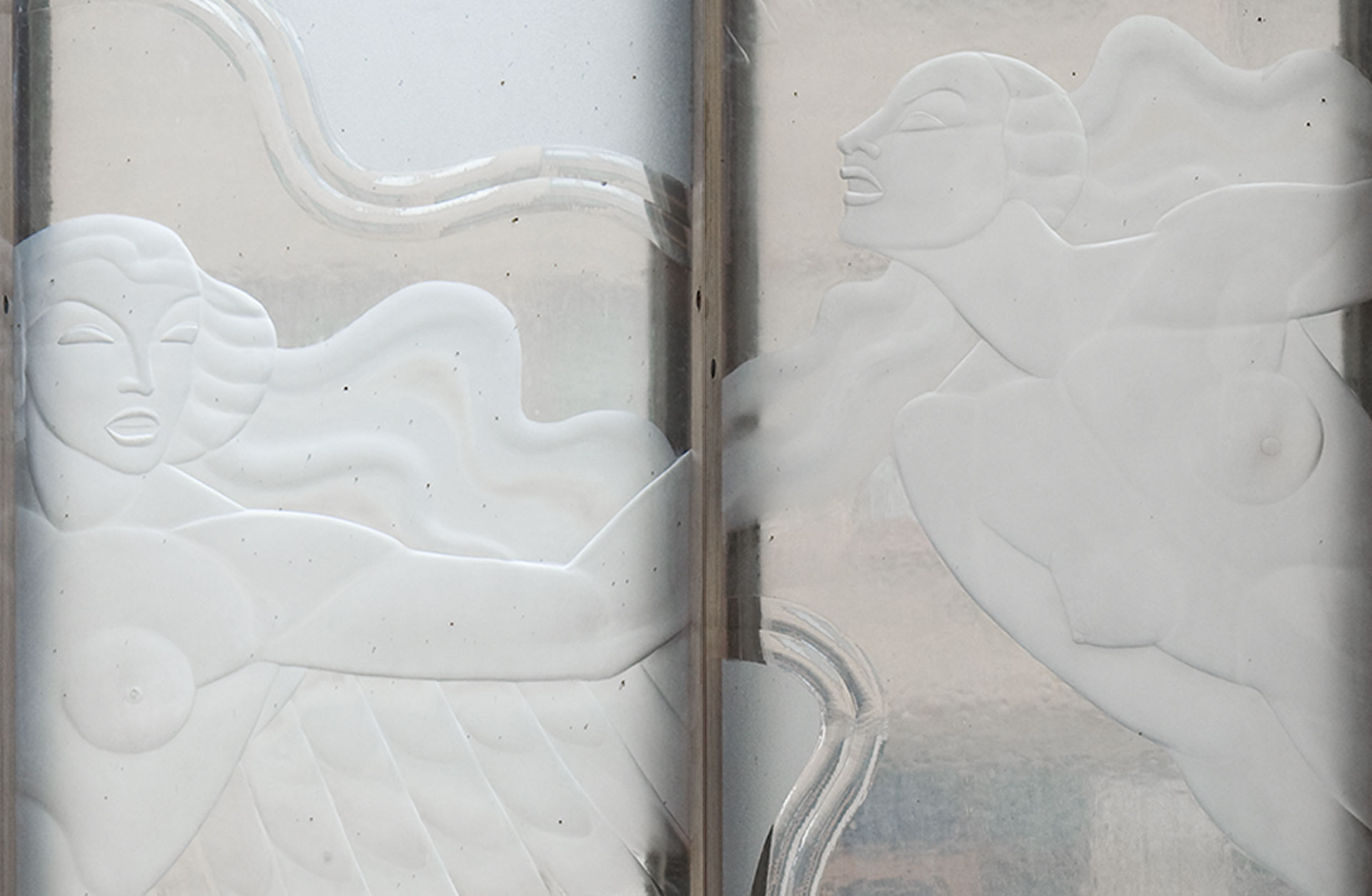
Änglar (Angels)
Glass relief from 1935 depicting angels by a waterfall in the narrow windows in the foyer of the Great Hall. The artist is Vicke Lindstrand (1904-1983), active at both Orrefors and Kosta glassworks.
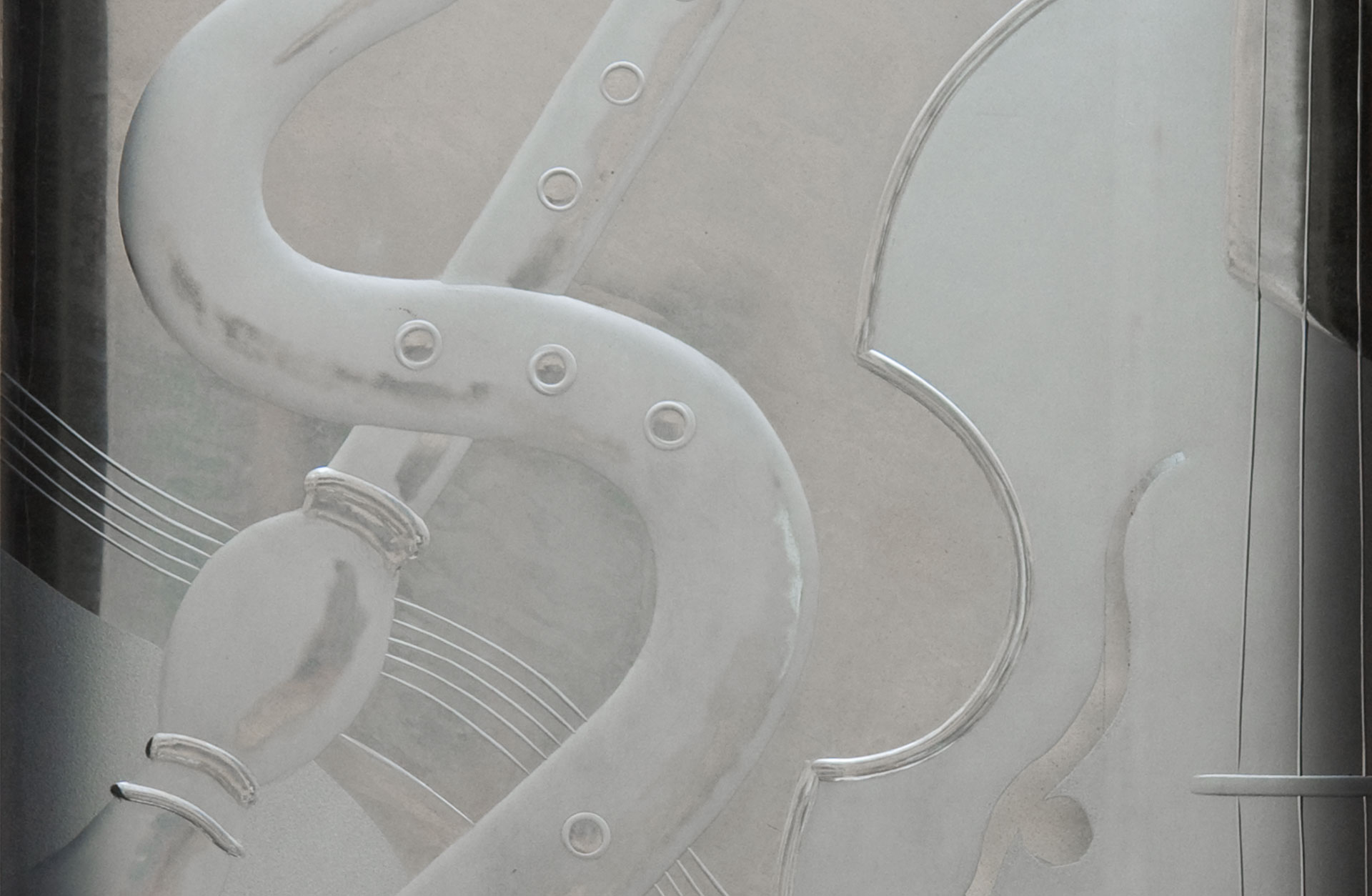
Instrument (Instruments)
A beautiful and detailed glass relief from 1935 by Vicke Lindstrand (1904-1983), active at Orrefors and Kosta glassworks. Do not miss the fabulous play of light in the engravings in the long narrow windows in the foyer of the Great Hall.
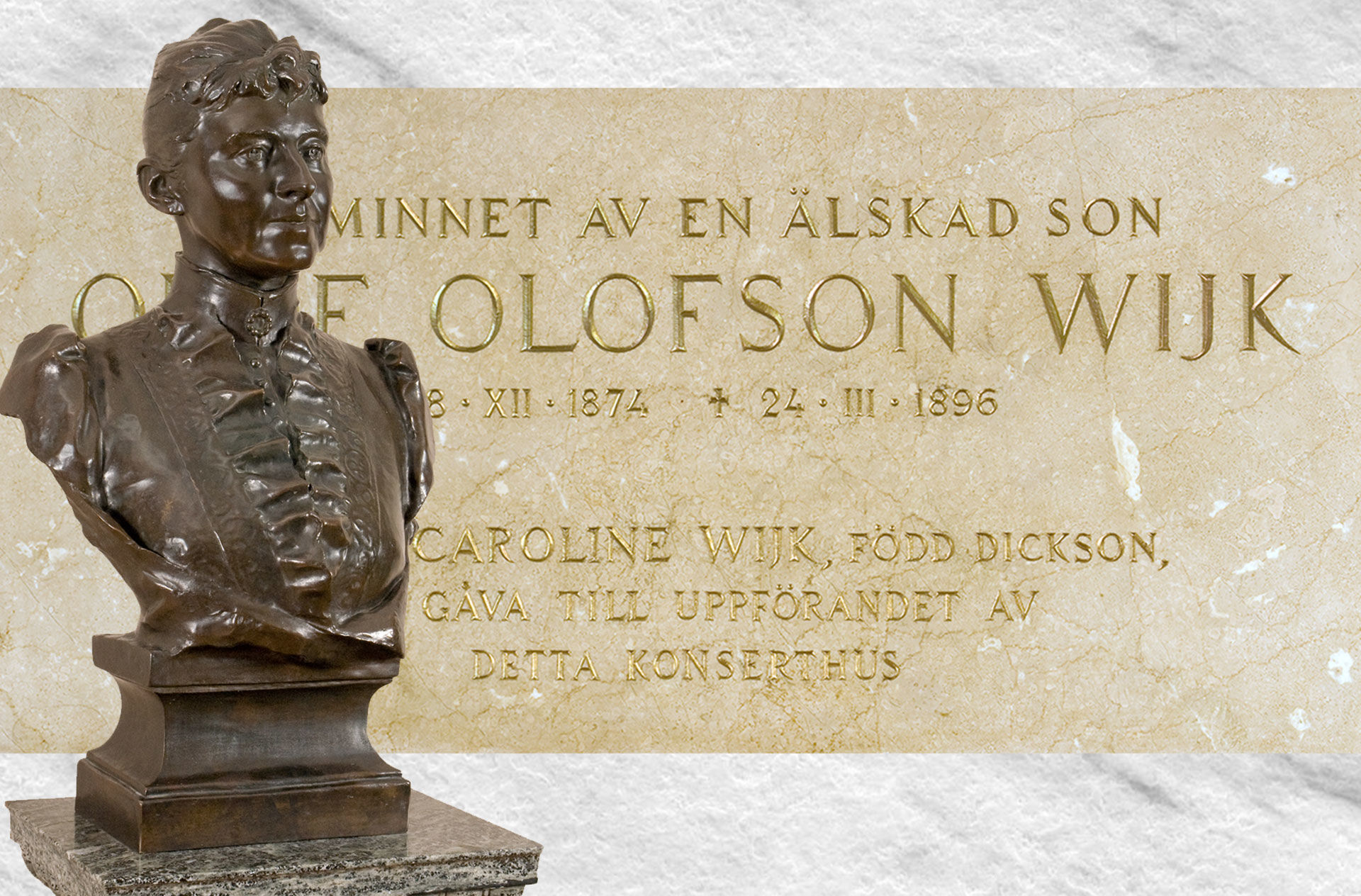
Caroline Wijk
In the foyer of the Great Hall is the bronze bust of Caroline Wijk (1847–1918). She made a very large donation to the construction of the Concert Hall at Götaplatsen. Artist: Per Hasselberg (1850-1894).
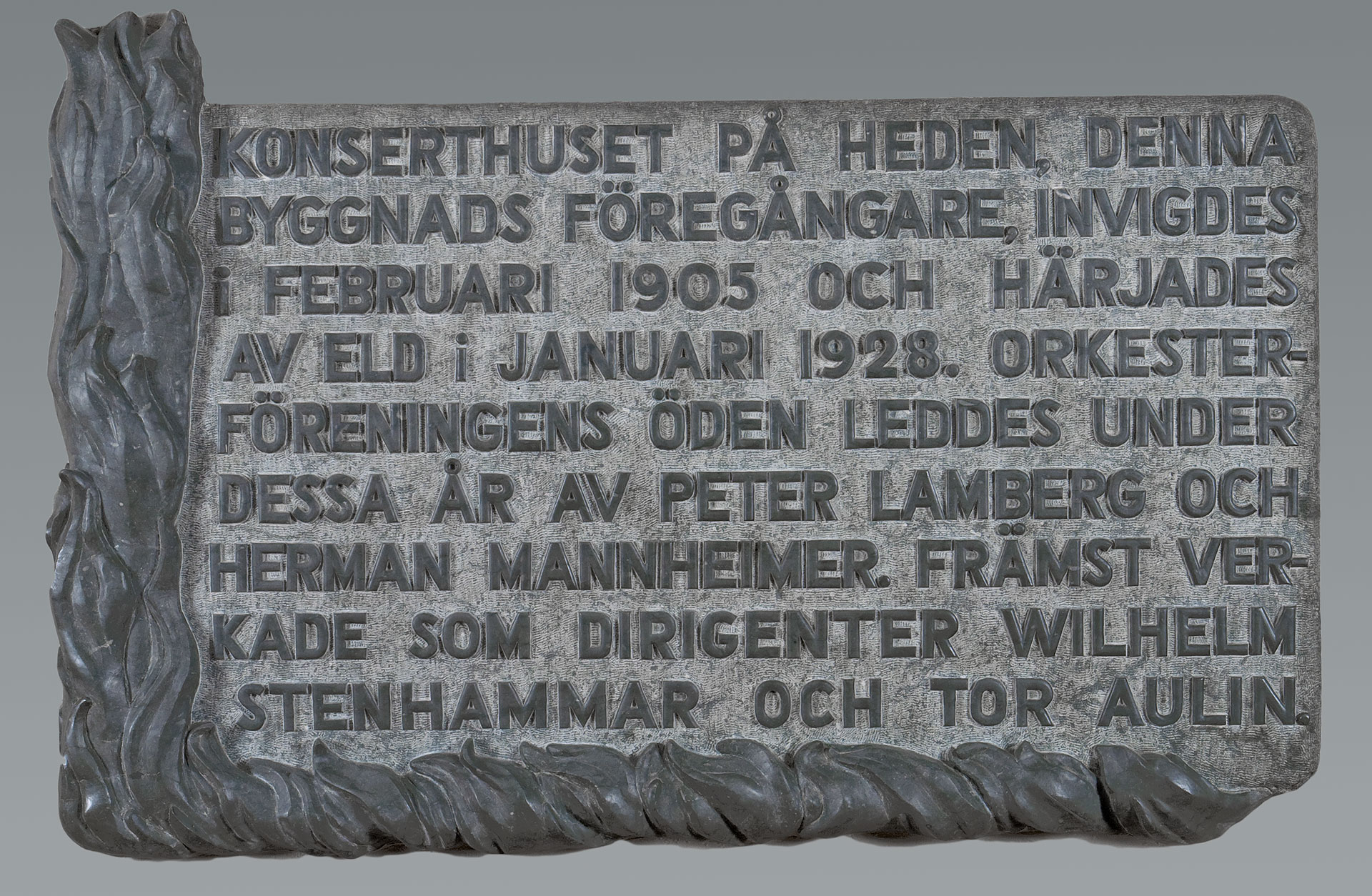
Minnesplakett (Memorial plaque)
Memorial plaque over the Gothenburg Orchestra Association’s concert hall on Heden, which burned down in January 1928. Found recessed in the wall in the Great Hall’s foyer.
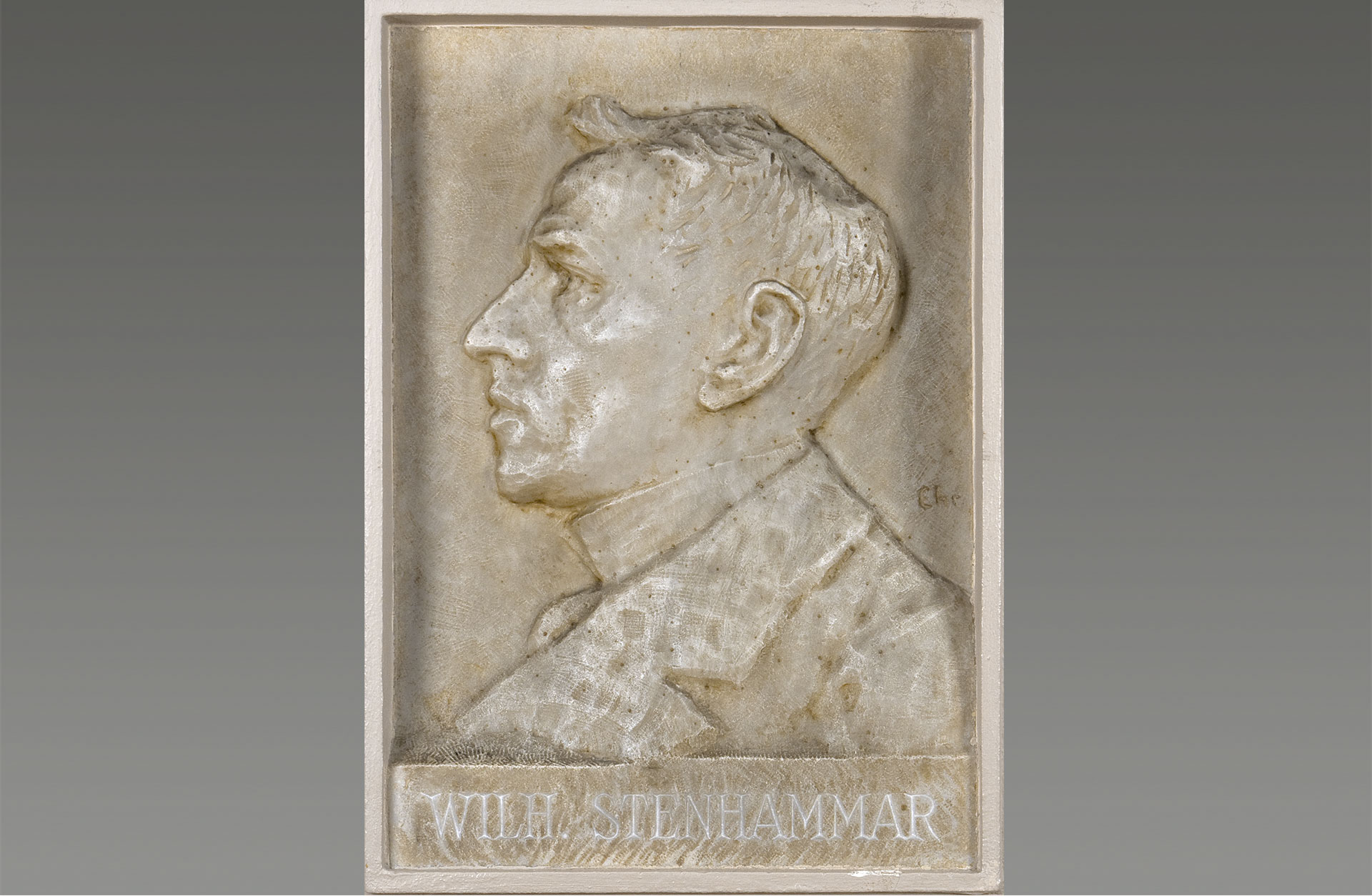
Wilhelm Stenhammar
Relief in marble from 1935 of composer Wilhelm Stenhammar (1871-1927), also chief conductor of Gothenburg Symphony Orchestra. The artist is Bror Chronander (1880-1964). The portrait is recessed in the wall in the Great Hall’s foyer.
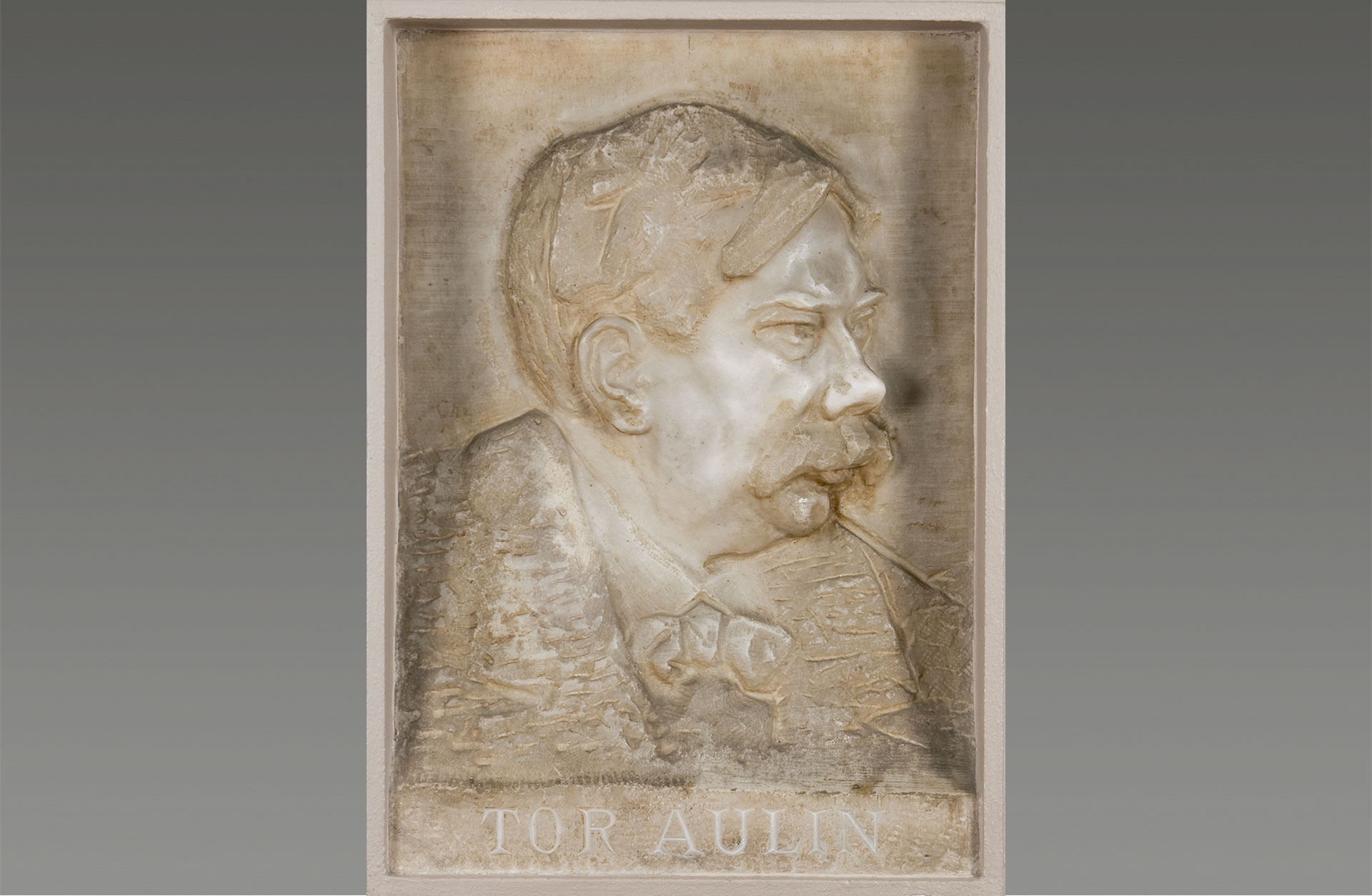
Tor Aulin
The violinist, conductor and composer Tor Aulin (1866-1914) depicted in marble relief. The portrait from 1935 was made by Bror Chronander (1880-1964) and is recessed in the wall in the Great Hall’s foyer.
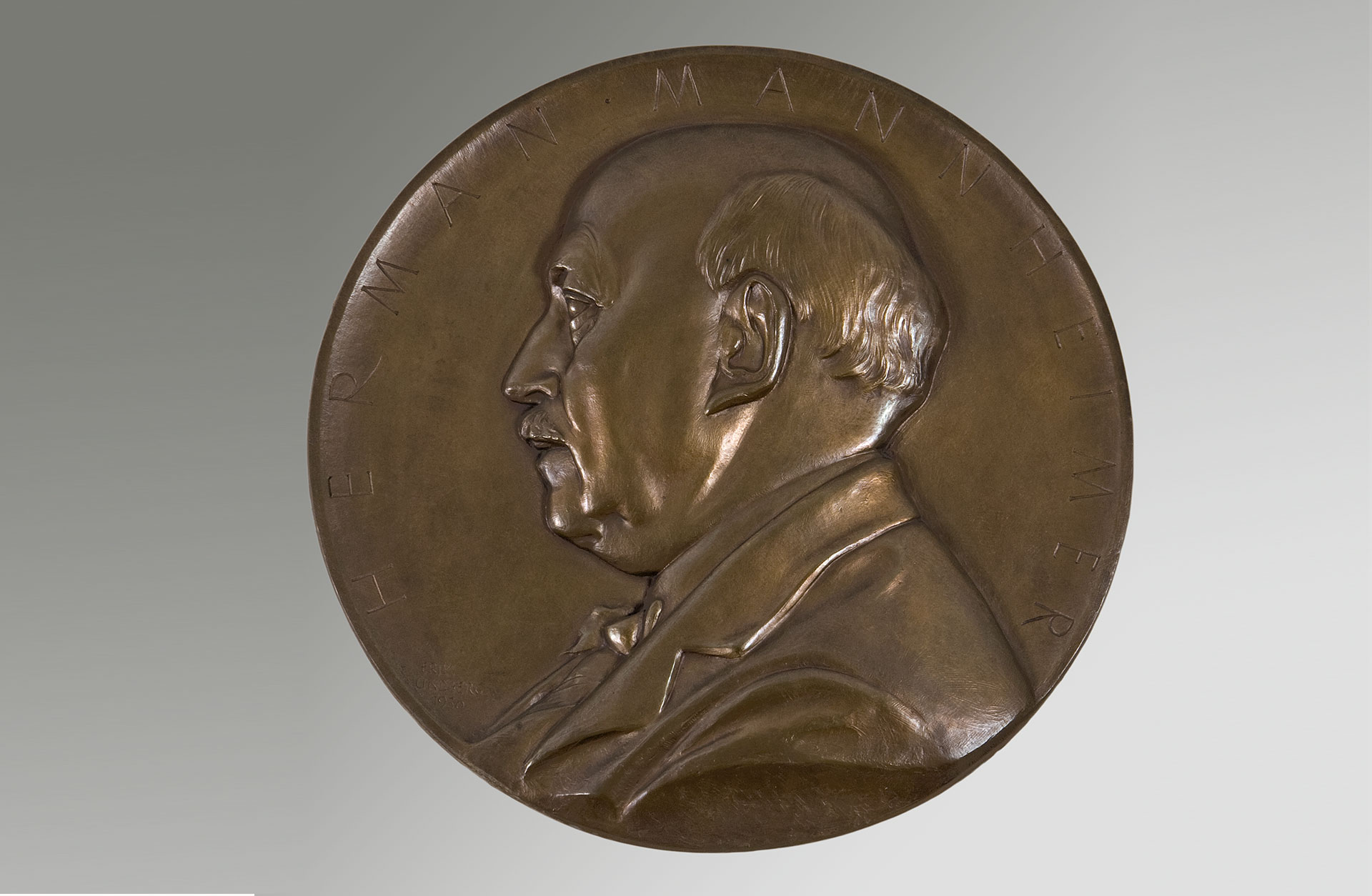
Hermann Mannheimer
Portrait recessed in the wall in the Great Hall’s foyer depicting Herman Mannheimer (1867-1942), patron and bank director. The bronze medallion was created in 1936 by Erik Lindberg (1873-1966).
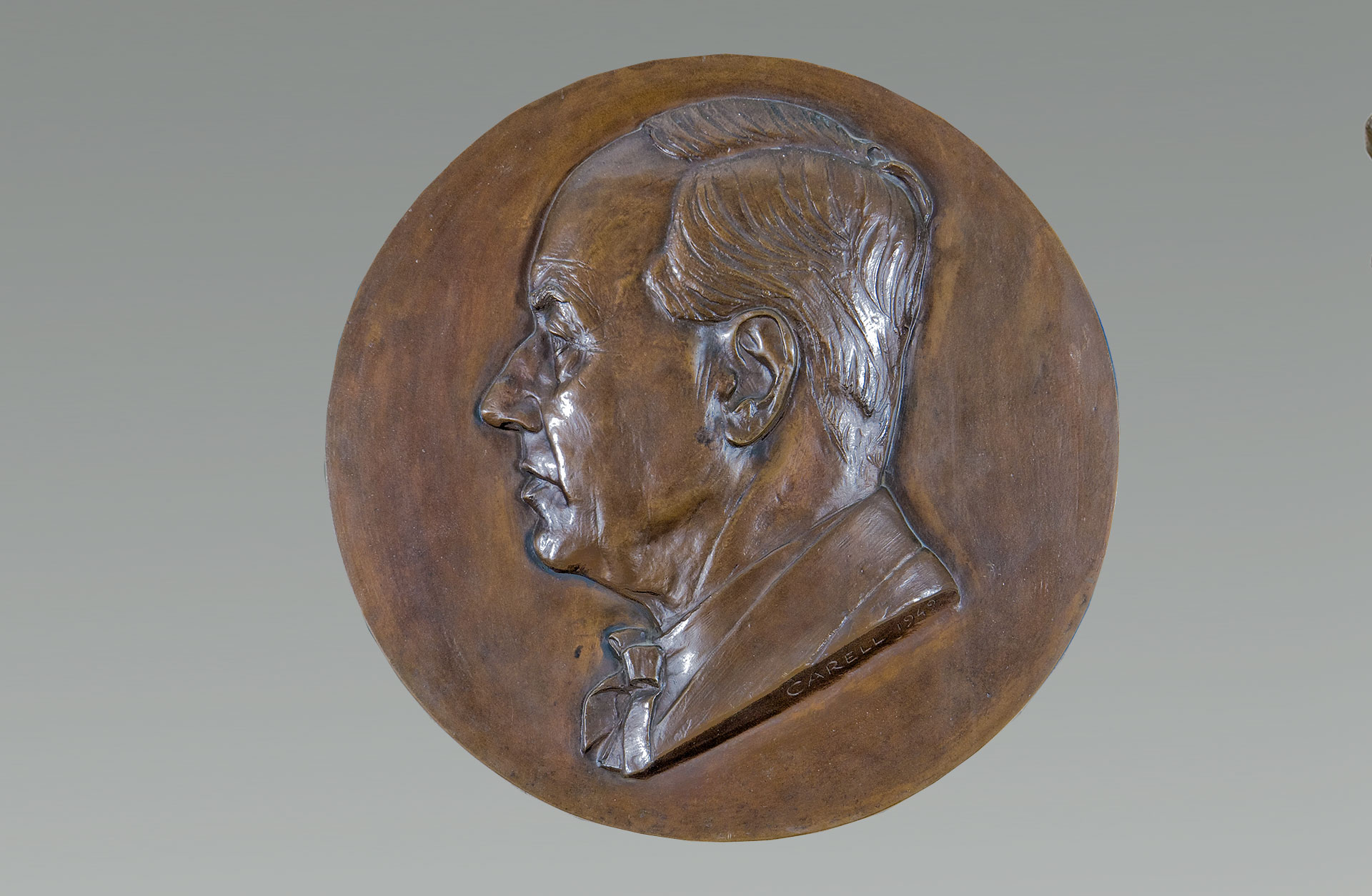
Erik L. Magnus
Bronze medallion from 1949, recessed into the wall in the Great Hall’s foyer. Here Gösta Carell (1888-1962) portrayed Erik L. Magnus, who was the chairman of the Orchestra Association 1935-1949.
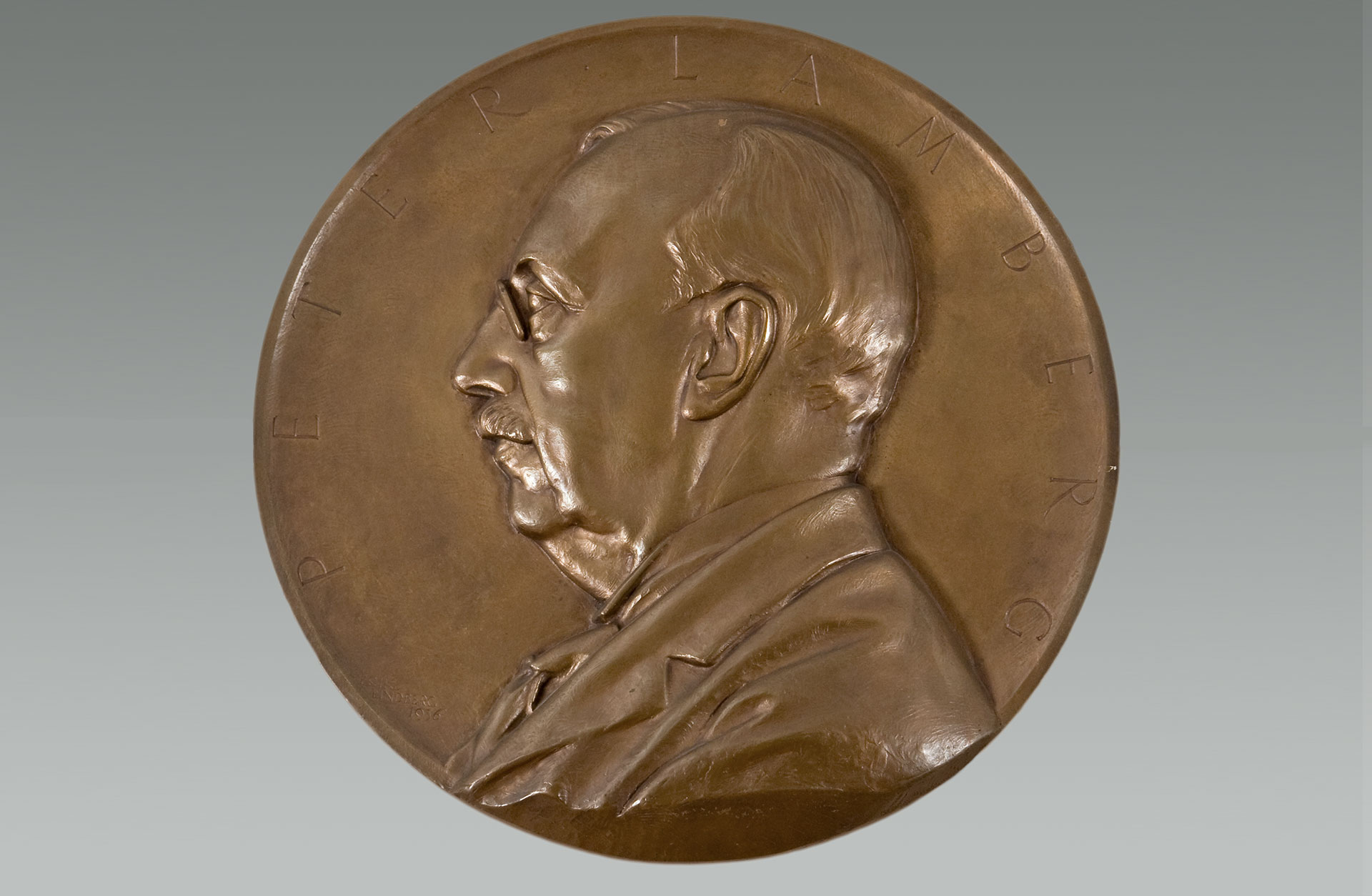
Peter Lamberg
Bronze medallion from 1935 recessed in the wall in the Great Hall’s foyer, created by Erik Lindberg (1873-1966). Peter Lamberg (1827-1924) led the formation of the Gothenburg Orchestra Association in 1905.
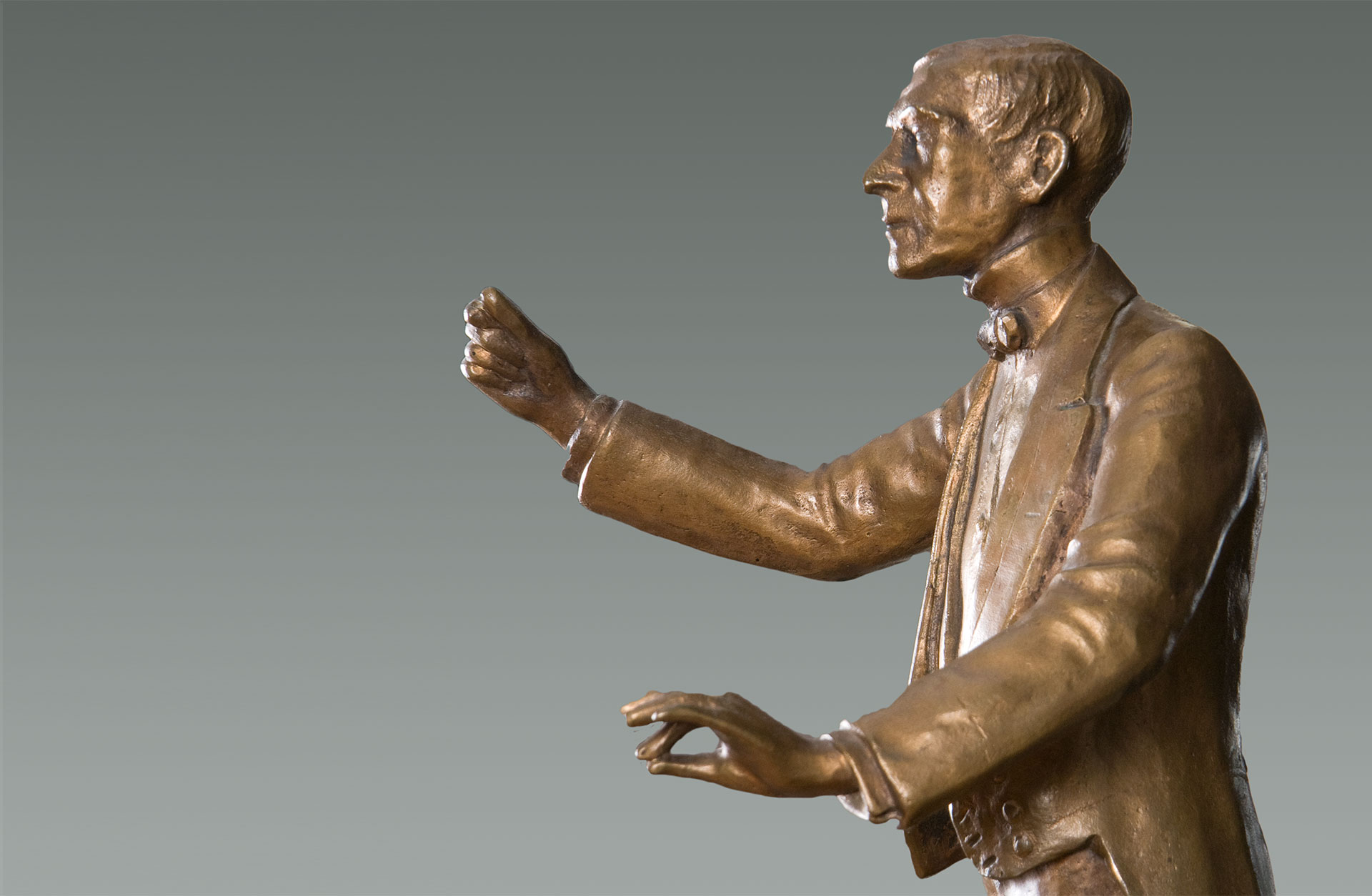
Wilhelm Stenhammar
A very well-made bronze portrait from 1919 by Wilhelm Stenhammar, chief conductor of the Gothenburg Orchestra Association 1907-1922. Victor Lindborg (1868-1956) is the artist behind the work.
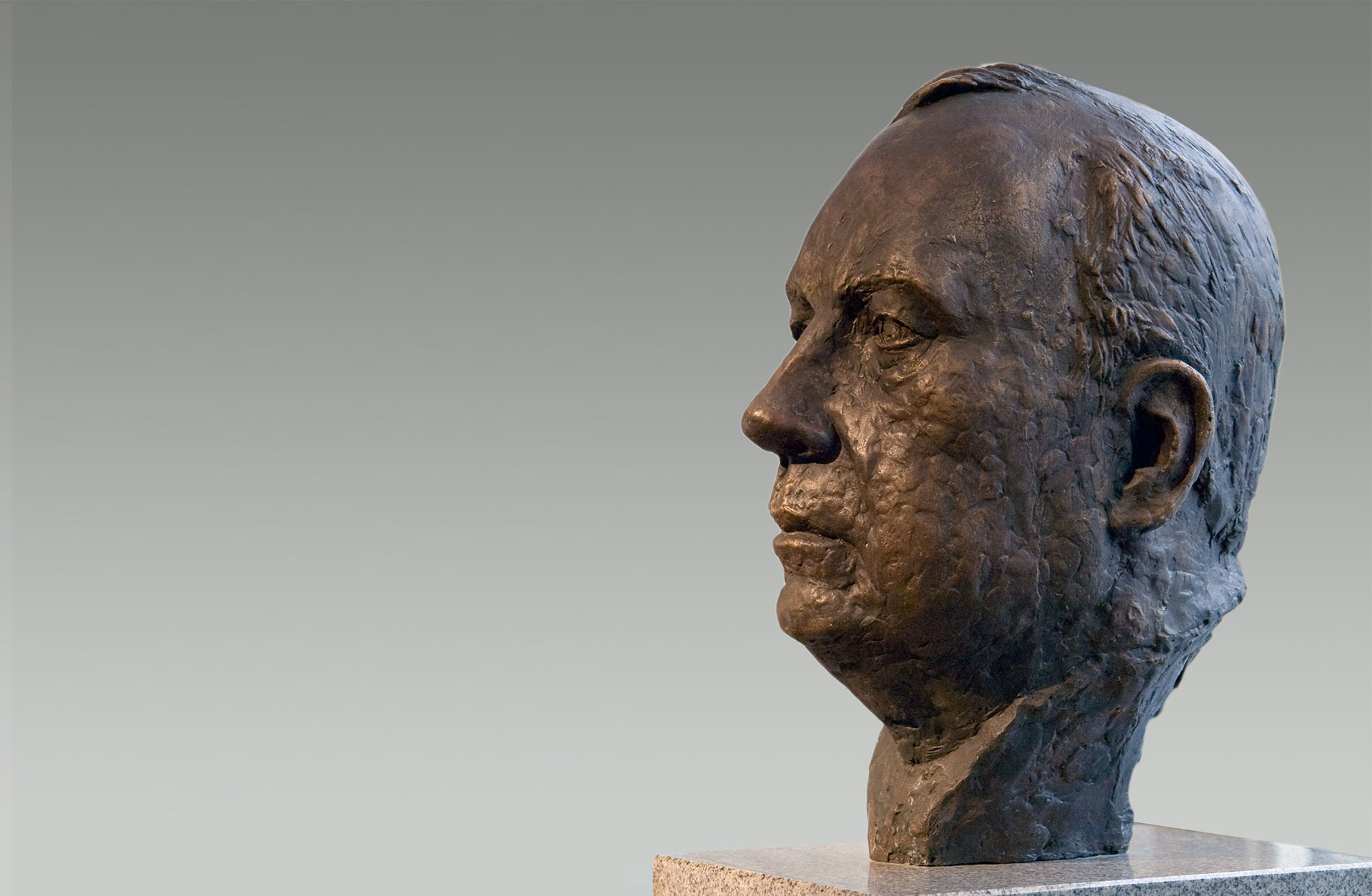
Neeme Järvi
A bronze bust by the Estonian-American conductor Neeme Järvi, Gothenburg Symphony Orchestra’s chief conductor 1982-2004. The work is signed Britt-Marie Jern (b. 1950) and stands in the Great Hall’s foyer.
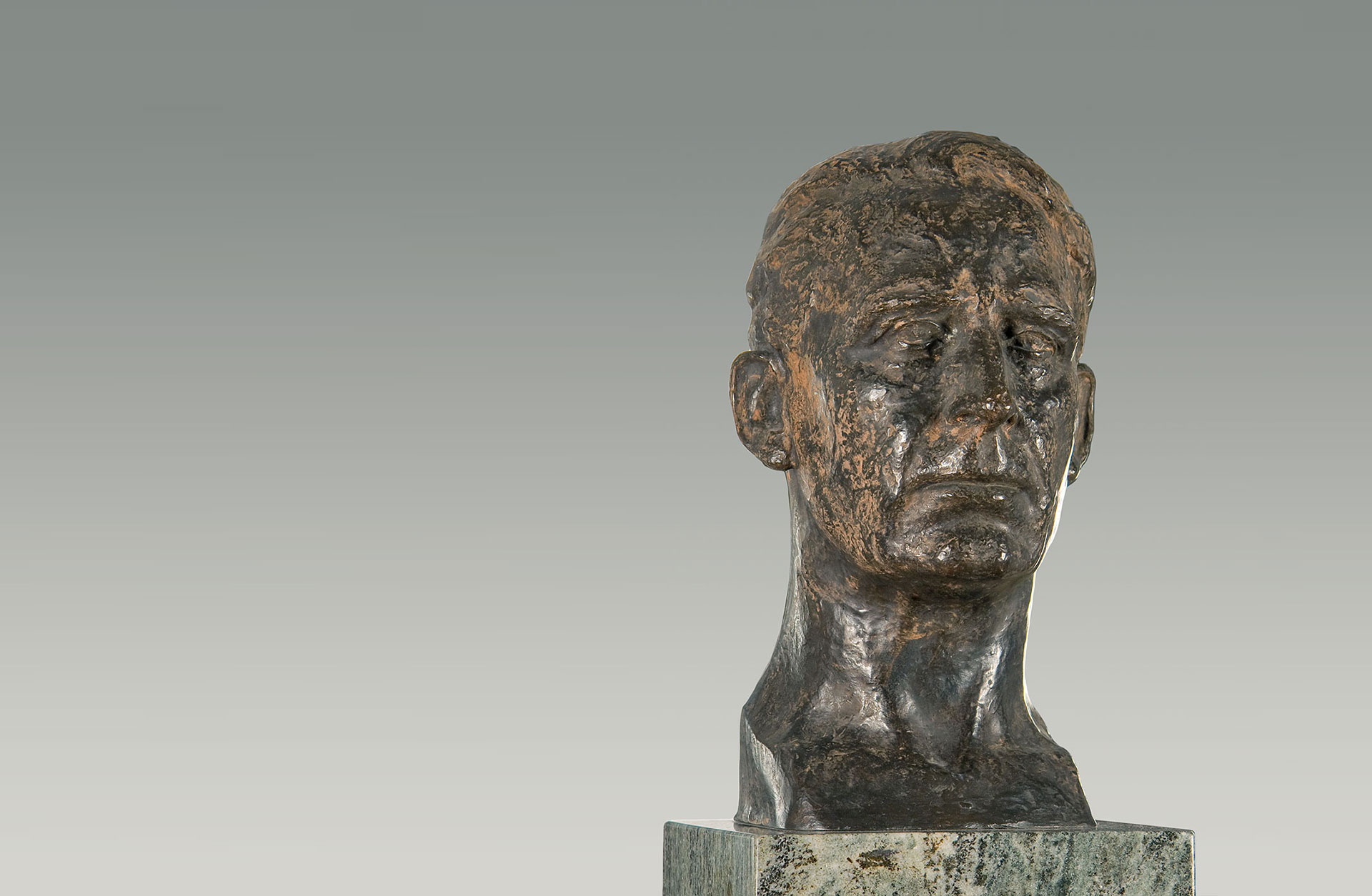
Gösta Nystroem
Portrait in bronze by the composer Gösta Nystroem (1890-1966), who has a special place in the history of the Gothenburg Symphony Orchestra. Nanna Johansen-Ullman (1888-1964) created the artwork in 1944.
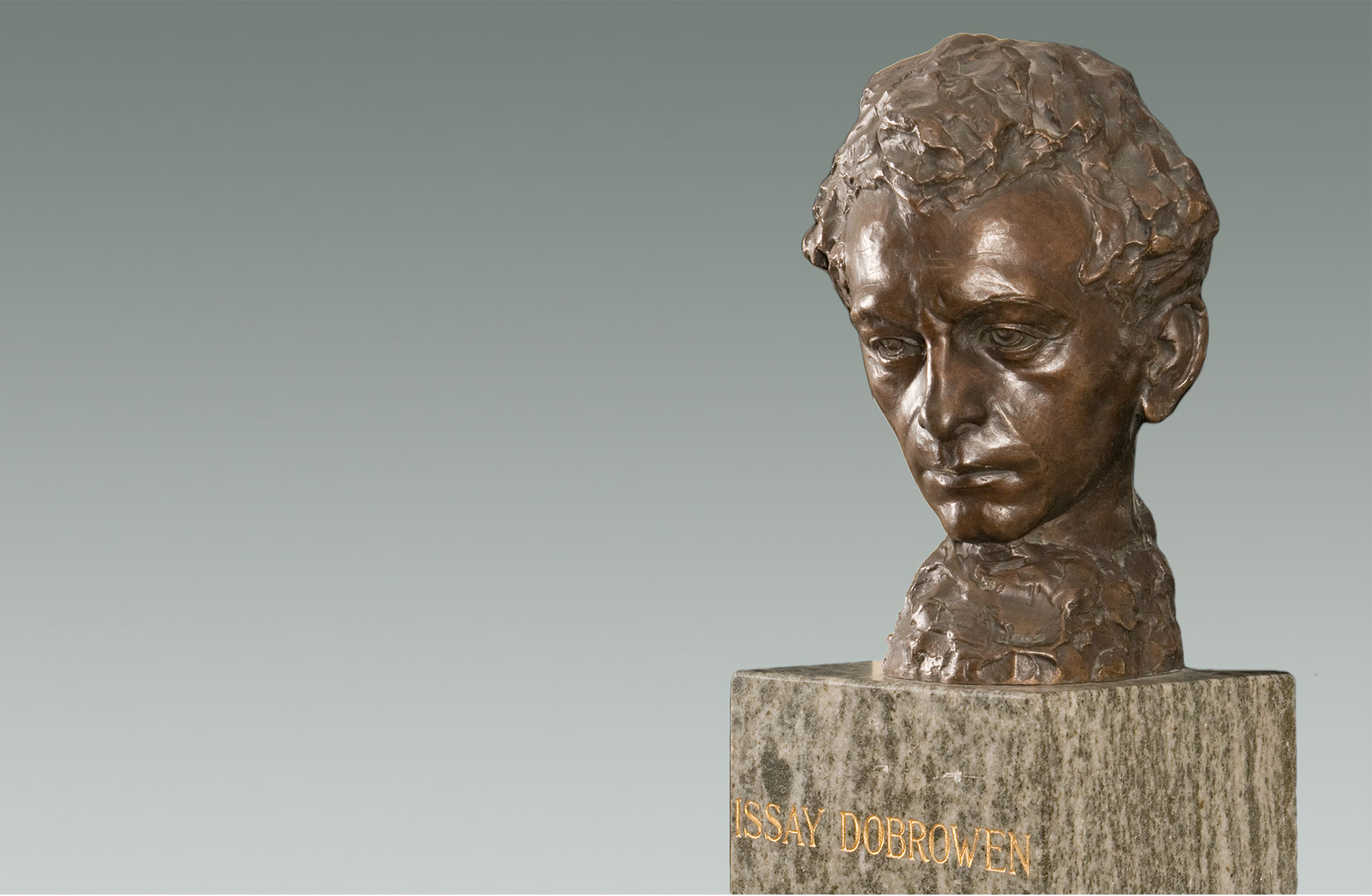
Issay Dobrowen
The bronze bust from 1930 portrays Issay Dobrowen (1894-1953), chief conductor of the Gothenburg Symphony Orchestra 1941-1953. The artist is Øyvind Scott Hansen (1907-1993) and the work is in the Great Hall’s foyer.
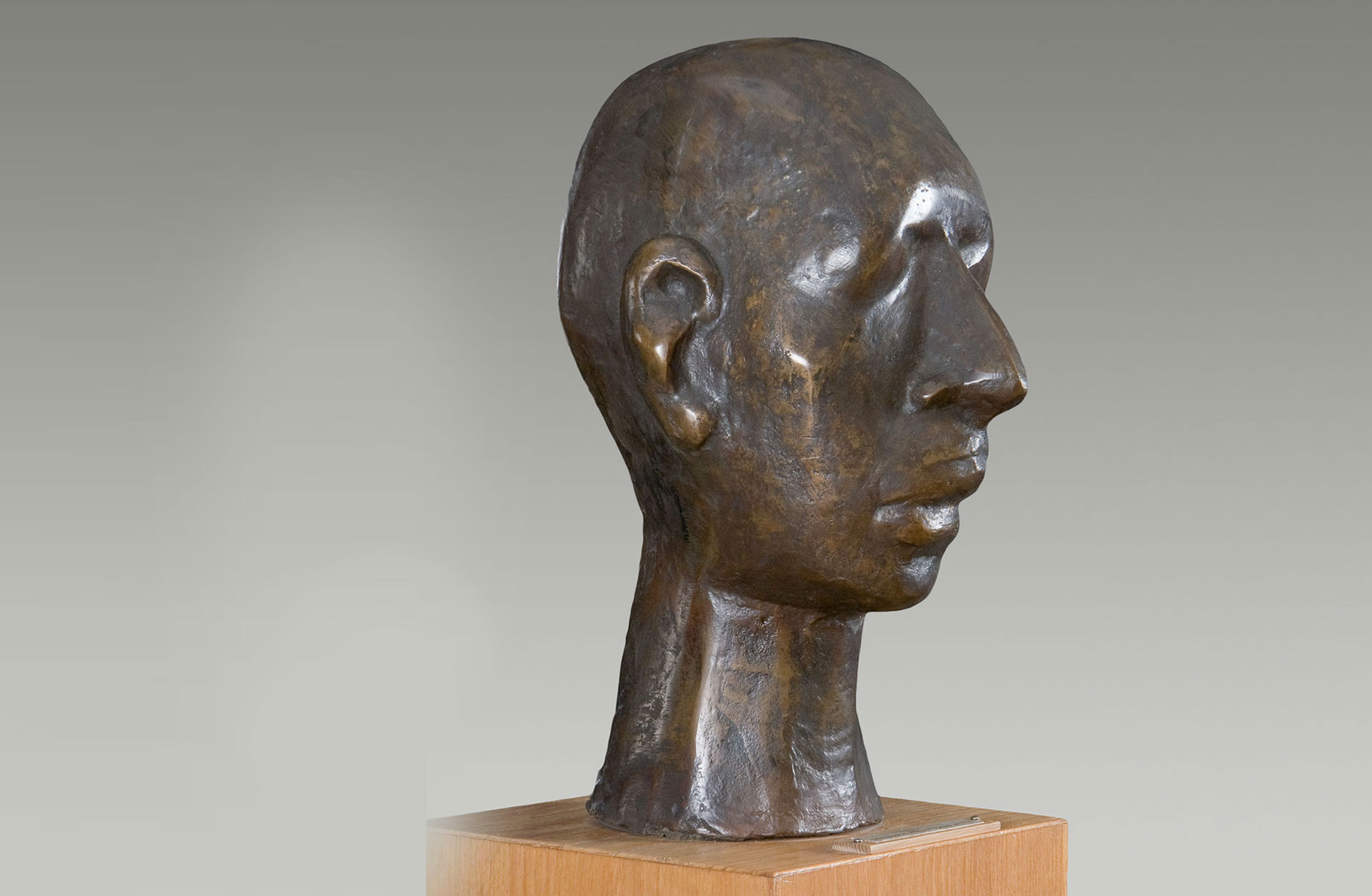
Strawinskij
A stylized bronze bust by the composer, pianist and conductor Igor Stravinsky (1882-1971). The artist behind the work is Börge Hovedskou (1910-1966). The bust can be seen in the foyer of the Great Hall.
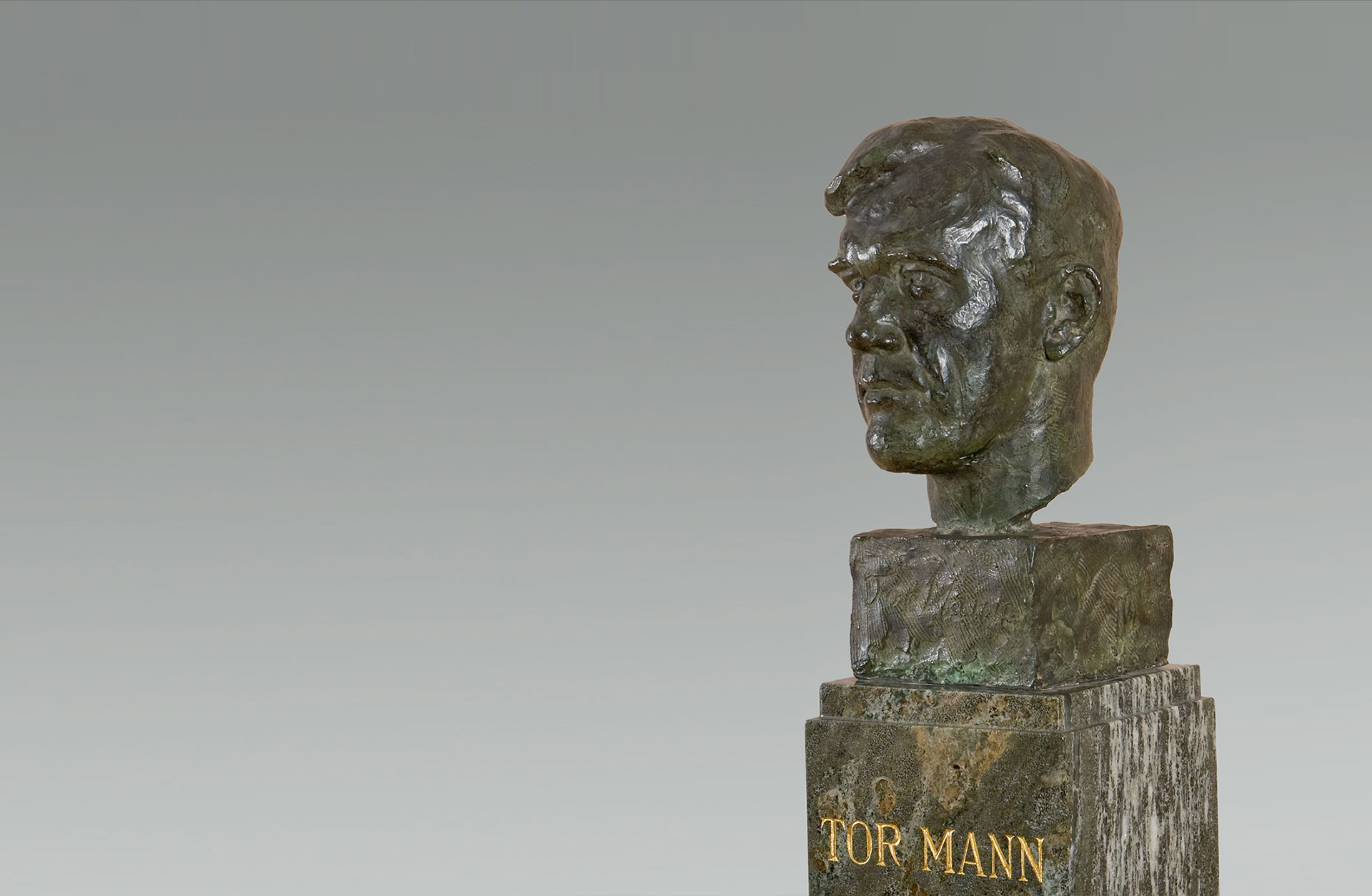
Tor Mann
Portrait in bronze of the conductor and cellist Tor Mann (1894-1974), chief conductor of the Gothenburg Symphony Orchestra 1925-1939. He was involved in inaugurating the Concert Hall in 1935. The bust is in the foyer of the Great Hall.
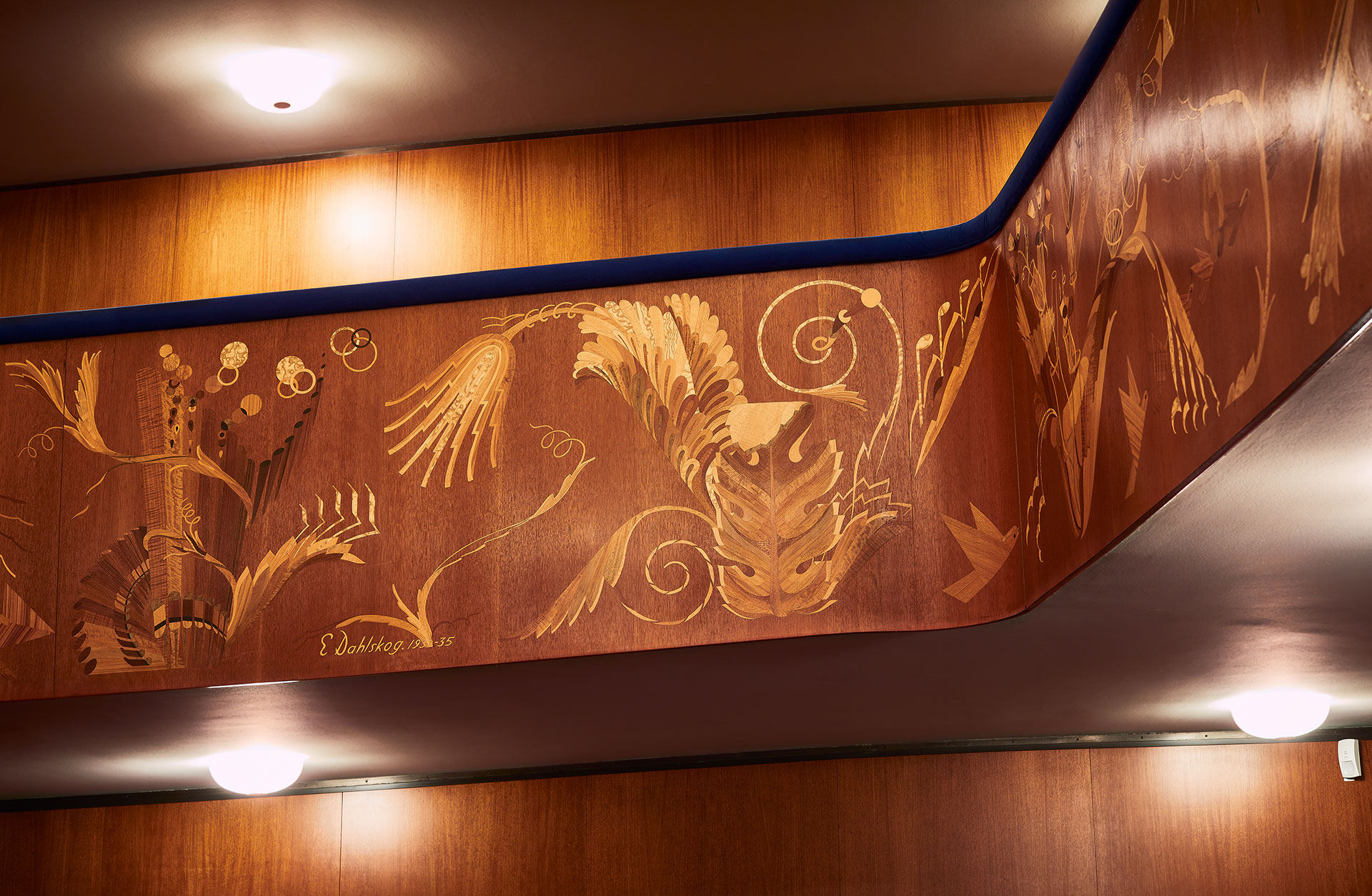
Den tonande naturen (The toning nature)
Stretched birds, rustling snails and seahorses. The marquetry in the Stenhammar hall extends like an arabesque around the grandstand. Ewald Dahlskog (1894-1950) and his skilled craftsmen worked with the motif 1934-1935.
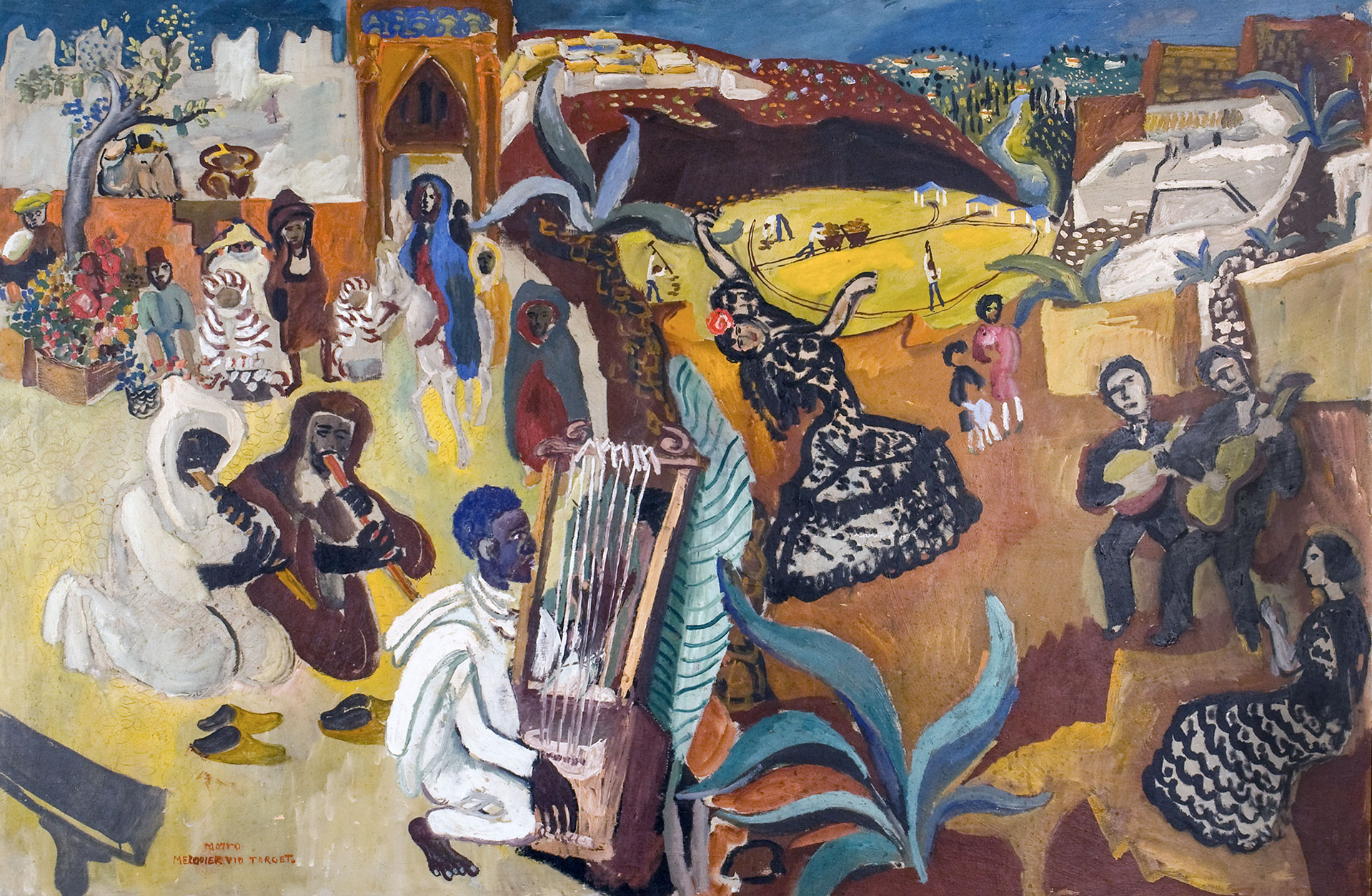
Sketch: Melodies at the square
Sketch that Sven X-et Erixson (1899-1970) sent in to a competition for the decoration of the Concert Hall in 1935. This sketch won, hangs outside Stenhammarsalen, and became the model for the weave of the same name.
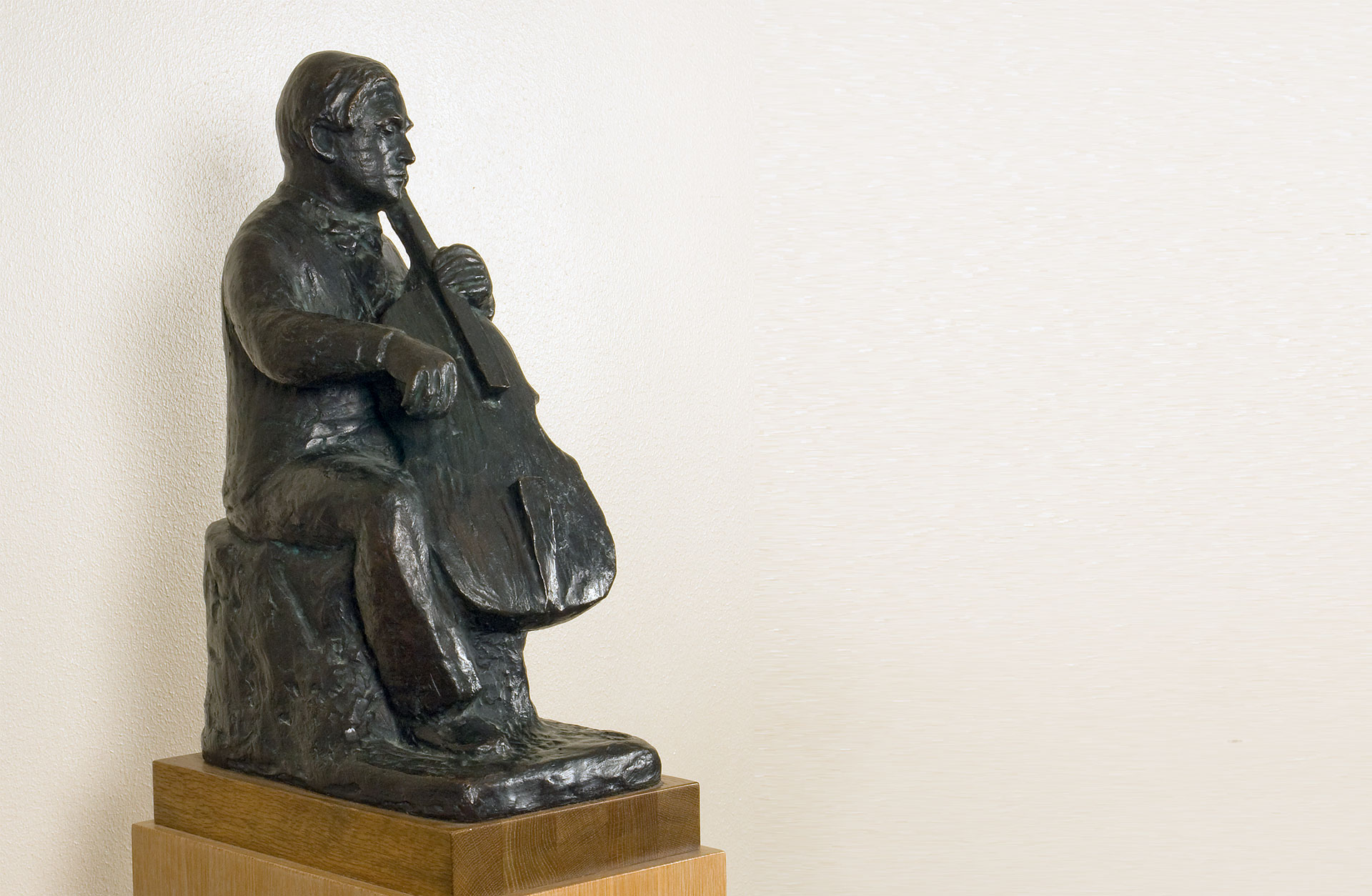
Guido Vecchi
Bronze sculpture depicting Guido Vecchi, placed in the foyer of Stenhammarsalen. He was concertmaster in the cello meeting of the Gothenburg Symphony Orchestra for 40 years. Artist: Kerstin Lind-Pafumi (1916-2002).
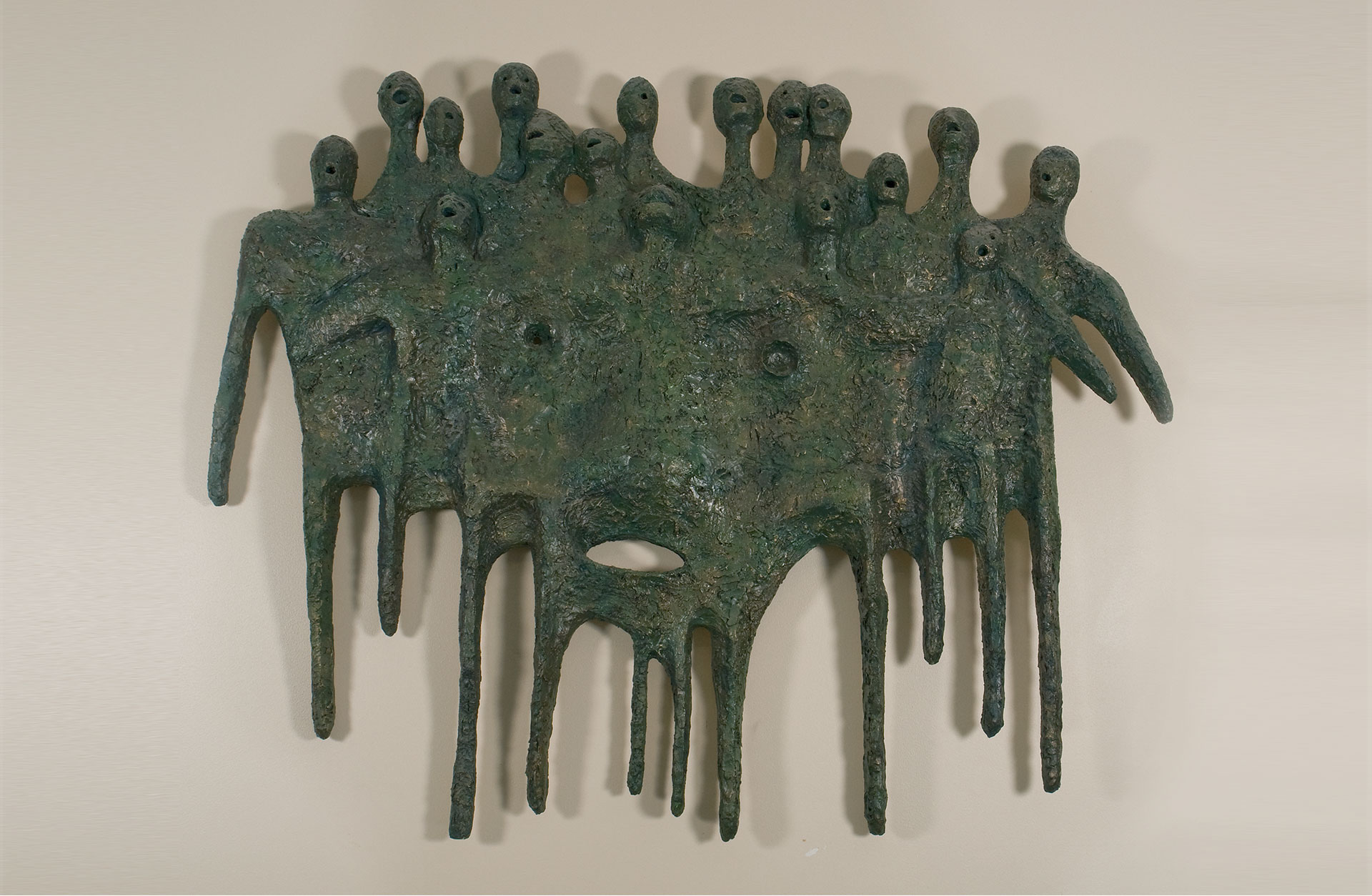
En överlevande från Warszawa (A survivor from Warsaw)
Figuration of Arnold Schönberg’s cantata “A survivor from Warsaw”, opus 46, sculpted in painted fiberglass. Gudrun Eduards (b. 1935) is the artist behind the work, located outside Stenhammarsalen.
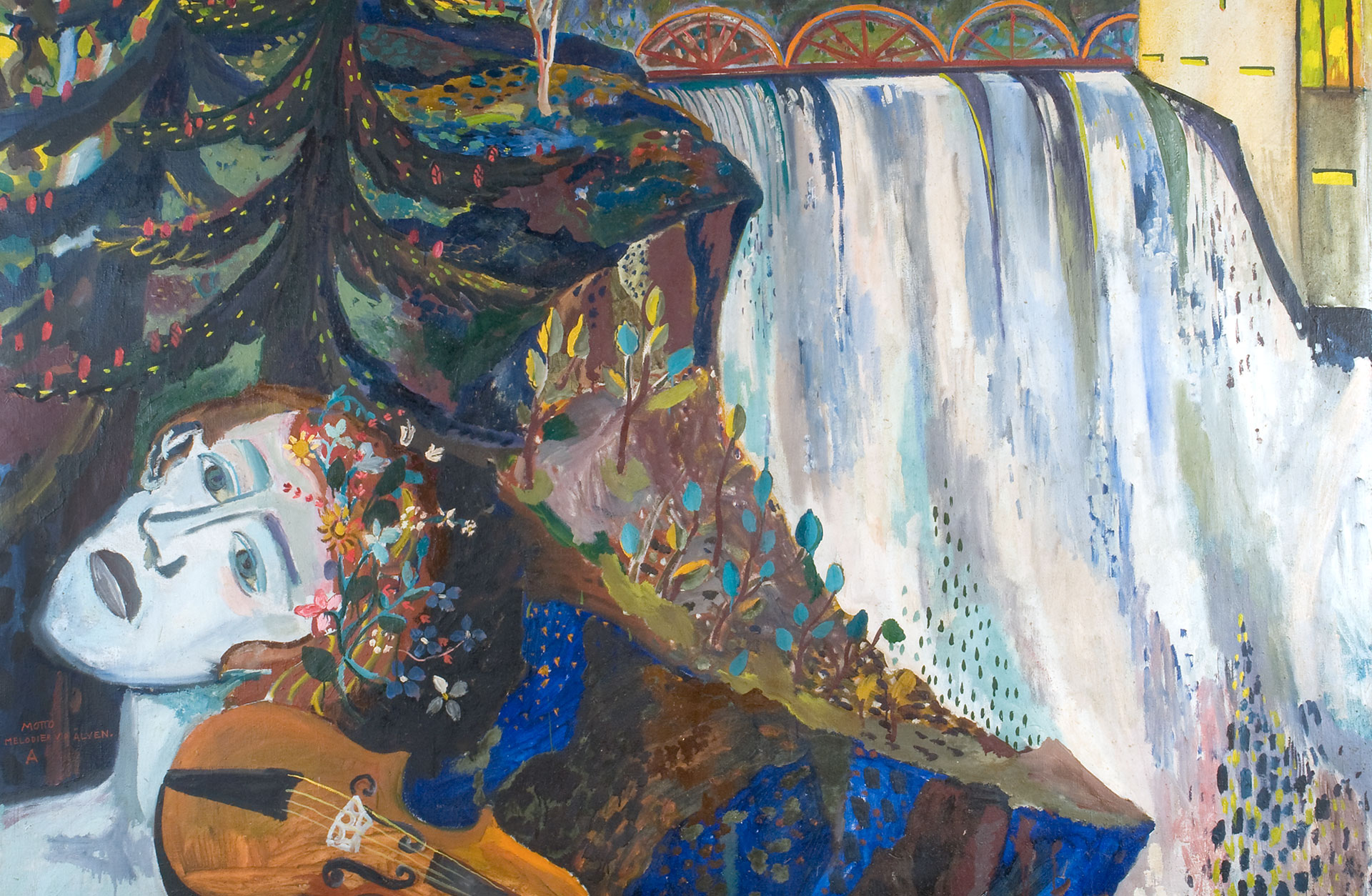
Melodier vid älven (Melodies by the river)
Competition proposal for the decoration of the Gothenburg Concert Hall in connection with the construction in 1935, painted by Sven X-et Erixson (1899-1970). The oil painting is located outside Stenhammarsalen.
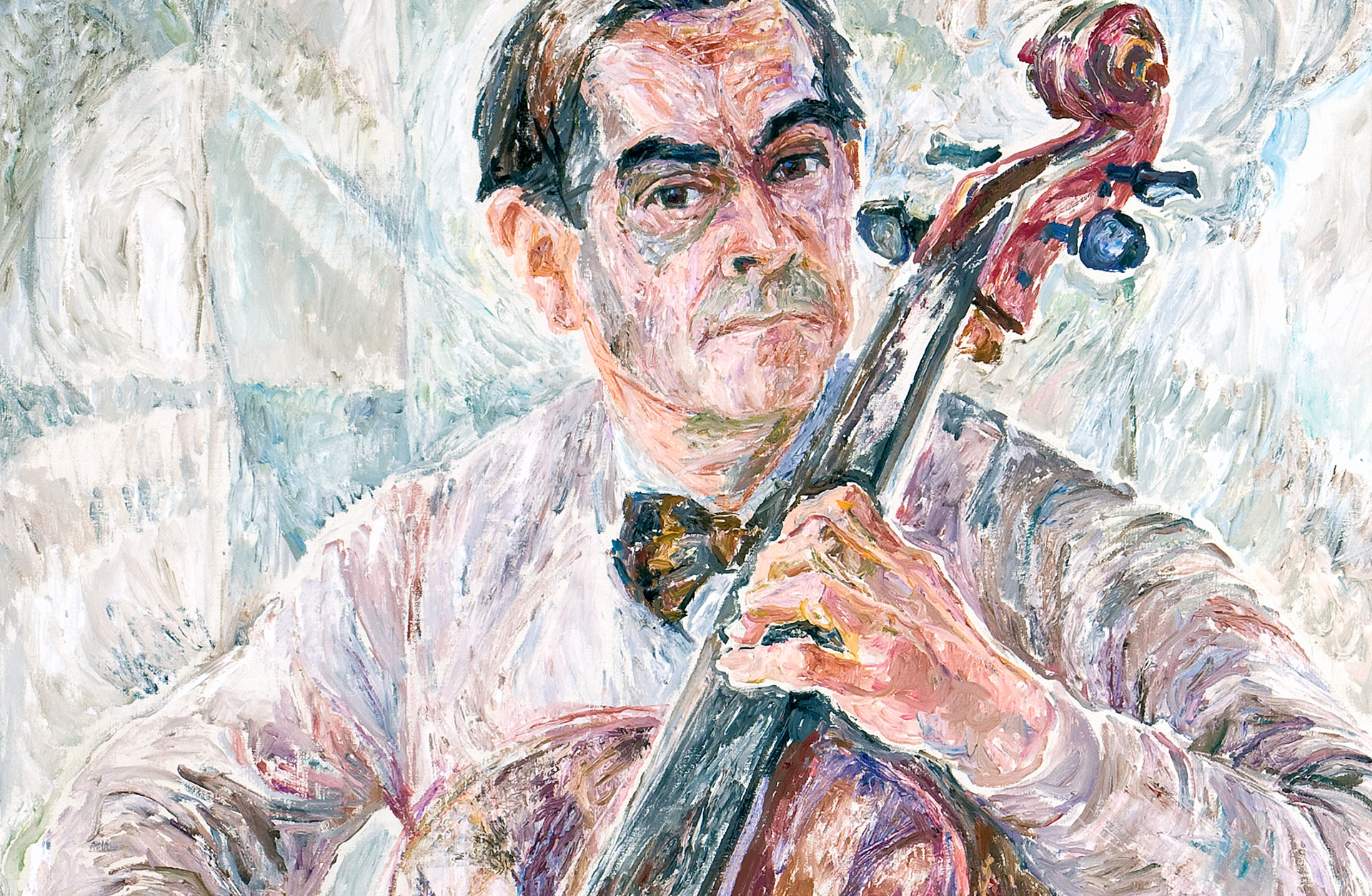
Cellisten Guido Vecchi (Cellist Guido Vecchi)
Guido Vecchi (1910-1997) was concertmaster in the cello meeting of the Gothenburg Symphony Orchestra for 40 years, 1936-76. Here he is portrayed in oil by the artist Lillemor Tell (1920-2010).
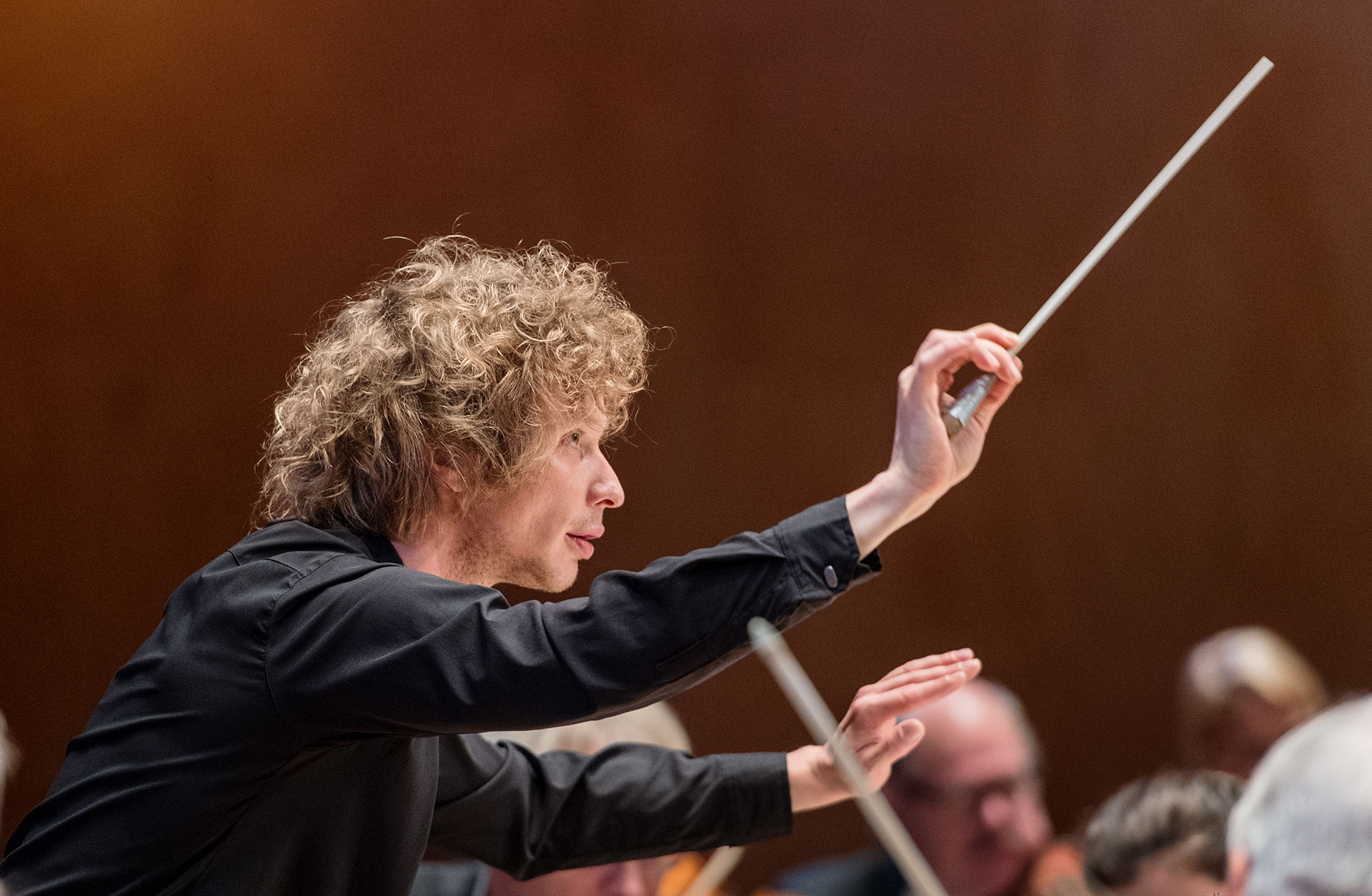
Which concert do you choose?
In our wide range, there is something to suit everyone. Find your favourite in the concert calendar!
Experience the concert magic
Gothenburg Concert Hall has enchanted music lovers since 1935! It is one of life’s great pleasures to come here, relax and take in the atmosphere in the beautiful surroundings, before being moved, exalted and overwhelmed by the evening’s music.

